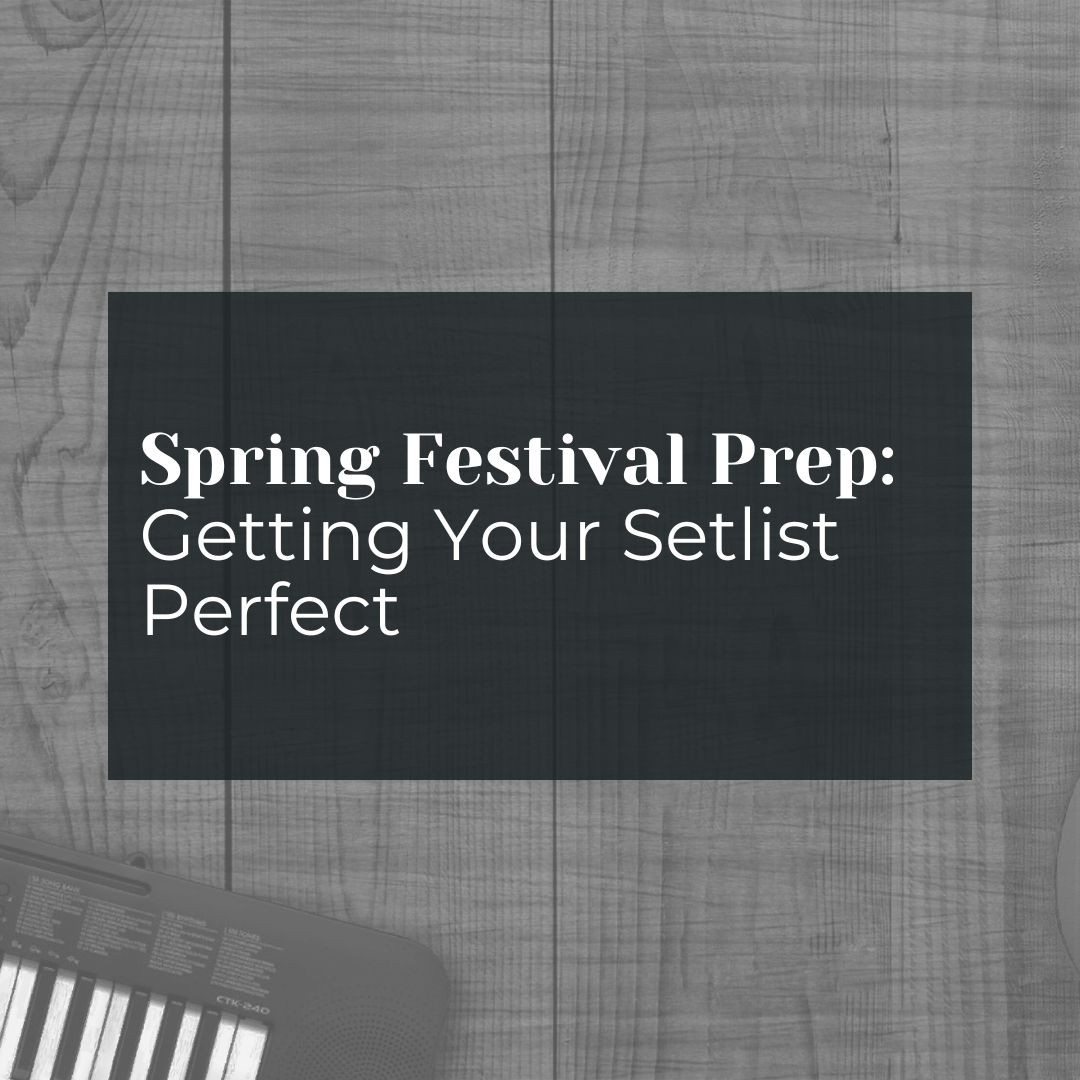
Spring festival season carries a special kind of energy—fresh beginnings, excited crowds, and a lineup of artists ready to leave their mark. If you’re preparing to rock a festival stage, your setlist can make or break the experience. It’s not just about stringing songs together; it’s about crafting a journey that resonates with the crowd, showcases your unique sound, and cements your status as a must-see performer. This guide will walk you through the key elements of preparing a knockout setlist for performing at festivals, helping you stand out in the best way possible.
Whether you’re new to the festival scene or a returning act, there’s always something new to discover about building a compelling show. Timing, audience dynamics, and your own vision as an artist all come into play. Done right, your setlist not only hypes up your existing fan base but also transforms casual listeners into devoted followers. Let’s look at a step-by-step process that balances artistry, planning, and marketing know-how so you can turn your spring festival slot into an unforgettable success story.
1. Understanding the Festival Environment
Festival stages come with their own vibe. Unlike headlining concerts where the spotlight is all yours, festivals are bustling with diverse audiences, multiple performers, and a compressed schedule. This environment can be both exhilarating and challenging.
- Time Constraints: Festival sets tend to be shorter, especially for emerging acts. Plan your setlist to fit within the given slot, leaving enough room for quick transitions and crowd interaction.
- Mixed Crowd: Expect a blend of hardcore fans, curious newcomers, and folks just passing by. Many are there to explore different genres, so your setlist should engage both loyal listeners and fresh ears.
- High-Energy Atmosphere: Festival-goers are in a celebratory mood. Big, anthemic choruses, infectious rhythms, and a dynamic stage presence often work wonders in drawing people toward your stage.
Your overarching goal is to capture attention fast. That means making every second on stage count. Since you’re performing at festivals where multiple bands and artists share the bill, it’s important to think strategically about which songs will stand out in a crowd.
2. Choosing the Right Songs for Maximum Impact
Song selection is the core of your setlist-building process. You might have only 30 minutes—or sometimes even less—to wow the crowd. Here’s how to make sure each track you pick works in your favor.
- Highlight Your Strengths
Showcase what you do best. If your vocal range is your superpower, choose tracks that let your voice shine. If your band is known for energetic live performances, pick songs that translate well on a big stage. - Maintain Brand Consistency
Your brand is not just a logo or a tagline; it’s the overall vibe people associate with you. From your social media presence to your live performances, consistency helps the audience remember you. If you’re known for feel-good pop anthems, keep that spirit alive in your set. If you’re more of a soulful balladeer, let that emotional authenticity guide your song choices. - Leave Room for Fan Favorites
A festival audience includes your core fans who want to hear their beloved tunes. Sprinkle in one or two hits or fan-favorite tracks to keep them engaged. Loyal fans singing along can be infectious, pulling new listeners in as well. - Balance Old and New
If you have a new single to promote, place it strategically so that it gets maximum attention—usually near the middle or later part of the set, once the crowd is warmed up. Start with something familiar or catchy, then seamlessly lead into your latest offering. - Mind the Tempo
Festivals thrive on energy, but too many fast-paced songs back-to-back can fatigue the crowd. Weave in a slower track for a breather. Think of it like curating a rollercoaster of emotions, ensuring each peak and valley adds to the overall thrill.
3. Crafting a Flow That Tells a Story
It’s easy to assume that just lining up a bunch of songs is enough. However, a standout festival setlist tells a cohesive story. Think of your performance as a narrative, with a clear beginning, middle, and finale.
- Opening Number: Start strong. You have one shot to grab attention. An opener with a bold riff, a memorable hook, or a dynamic build sets the tone for the rest of the set.
- Middle Section: This is where you can experiment or introduce newer material. By this point, the crowd has settled in, giving you room to mix in fresh elements. Keep the momentum going by transitioning smoothly from one song to the next.
- Grand Finale: End on a high note. Whether it’s your biggest hit or a jaw-dropping jam session, close with something that leaves people wanting more. A strong finale also boosts your chances of festival attendees remembering you later when they scroll through social media or chat with friends.
Each transition should feel natural, like pages turning in a good book. This flow can be especially important when performing at festivals, where short attention spans and competing noises can divert people’s focus if the set lacks cohesion.
4. Perfecting the Timing
Time management is one of the biggest challenges performers face at festivals. With strict start and end times, the last thing you want is to be cut off mid-song.
- Measure Each Track
Know the exact run-time of each song. Factor in any extended solos, crowd interactions, and intros or outros. This level of detail helps prevent overrunning your slot. - Practice Transitions
Shaving off a few seconds between songs can be huge, especially if your set is jam-packed. Tight transitions keep the momentum rolling and avoid awkward silence. - Have a Backup Plan
If you realize mid-performance that you’re running behind schedule, skip the optional intros or condense sections. Conversely, if you finish early, consider preparing a short encore piece (only if the festival schedule permits).
Being prompt and respectful of your allotted slot not only makes the organizers happy but also shows professionalism. Remember, the more polished you appear, the better your chance of being invited back next year (or to other high-profile events).
5. Rehearsals: Where the Real Magic Happens
Great performances don’t happen by accident. Rehearsals are where you iron out every detail, from transitions to stage positioning. This prep is your chance to experiment with new ideas in a safe space.
- Structured Run-Throughs: Practice your set from start to finish at least a few times, timing every moment. Treat rehearsals like mini-concerts, complete with microphones, stage setups, and any special effects you might use.
- Focus on Transitions: Make transitions feel as natural as possible. Whether it’s a quick guitar swap or a keyboard shift, plan how you’ll handle these changes to avoid dead air.
- Stage Presence Training: It’s not just the notes that matter—your body language, energy, and crowd engagement are crucial. Moving confidently, knowing when to interact with the band, and connecting with the audience are skills that grow stronger with rehearsals.
- Record Your Practice Sessions: Video or audio recordings reveal the little hiccups you might not catch in real time. Review these recordings objectively to pinpoint areas needing improvement.
6. Working the Crowd Like a Pro
At festivals, you have a golden chance to interact with an eclectic mix of music lovers. Taking time to recognize the crowd’s energy can make your set more memorable.
- Authentic Interaction
Greeting the crowd by name if you can (e.g., “Hello, Coachella!”) instantly builds connection. Authenticity is key. A scripted line might feel forced, but speaking genuinely about how excited you are to be there leaves a stronger impact. - Call-and-Response
Short sing-alongs or shouted hooks can be incredibly effective. Just ensure you pick something catchy and easy to repeat. - Visual Elements
Festivals often have large stages and big screens. Consider how your band members’ attire, visual backdrops, or lighting effects complement the music. A cohesive look or a captivating lighting design can leave a strong visual impression. - Acknowledge Your Team
Take a moment to thank the festival organizers, your bandmates, and any sponsors if relevant. This modest act builds goodwill and lets everyone feel included in your success story.
7. Technical Considerations for a Smooth Show
Technical mishaps can strike at any time, but thorough planning and coordination can minimize the chaos. Sound checks, gear checks, and having an on-site point of contact can save you from stressful moments.
- Arrive Early: Show up well before your set time to finalize any stage plot or backline requirements. Early arrival also offers a chance for a proper sound check, which is invaluable in guaranteeing that the mix does you justice.
- Backup Equipment: A spare guitar, extra cables, or an additional mic can be lifesavers. Keep them easily accessible in case something malfunctions right before you go on.
- Coordinate with Sound Engineers: Clearly communicate your instrument setup, vocal requirements, and any special effect preferences. The engineers are there to make you sound good, so help them help you.
- Test Outfits and Gear Together: This might sound silly, but long flowing sleeves can get caught on guitar strings, or certain shoes might be slippery on stage. Wear what you plan to perform in during at least one practice session.
8. Marketing Your Festival Appearance
Crafting a perfect setlist is only half the battle—getting people to watch you perform is the other half. With the competitiveness of performing at festivals, you’ll want to make sure fans and potential fans know you’re on the roster.
- Create a Countdown
Spread the word on social media with a countdown to your showtime. Highlight exclusive aspects of your performance, like a new track debut, special guests, or surprise elements. - Engaging Promo Material
Posters, short videos, or Instagram Reels can stir excitement. Include behind-the-scenes snippets of rehearsals or your journey to the festival site. This personal angle lets fans feel involved in your creative process. - Collaborate with Fellow Artists
If you’re sharing the stage with other acts, cross-promote on social platforms. Tag each other, share stories, and perhaps tease a joint onstage moment (if you have one planned). - Optimize for Search
Since you want to appear on top of search results for phrases like “performing at festivals,” sprinkle these keywords on your website, social profiles, and online event listings. This SEO practice broadens your digital reach and can lead festival attendees to discover your music.
Remember that your festival performance could introduce you to a whole new audience. Make it easy for them to find you, follow you, and listen to your tracks afterward. A cohesive strategy around announcements, promo, and SEO can substantially boost your exposure.
9. The Day of Your Performance
When the big day arrives, mental preparation is just as important as all the logistical planning. The adrenaline rush can be intense, so a calm and collected approach helps you remain focused.
- Check Your Gear: Do a quick run-through of all essential equipment. Even if you’ve done this a hundred times before, that one time you don’t check might be when something goes wrong.
- Warm Up: Vocalists should do gentle exercises to loosen their voices. Instrumentalists, do some scales or patterns to ensure your fingers are limber and responsive.
- Keep Hydrated and Fueled: Drink water, have a light meal, and avoid anything that might weigh you down. Stage lights can be hot, and you don’t want to lose energy midway through your set.
- Mentally Review Your Setlist: Run through key changes and transitions in your mind. This mental rehearsal can be surprisingly effective in fortifying your focus.
- Take a Moment to Breathe: Right before you step on stage, pause and ground yourself. That moment of calm can be the difference between a jittery start and a confident one.
10. Reflecting and Following Up
After your set, take a moment to savor the experience—performing at festivals is a milestone, no matter the size of your audience. Then, shift gears to gathering feedback and planning your next moves.
- Gather Immediate Reactions
Talk to friends, fellow musicians, or fans you meet after the show. Their impressions can offer valuable insights. What worked? Which song triggered the biggest reaction? - Check Online Mentions
Look for social media posts, stories, or reviews tagged with the festival’s hashtag or your artist handle. Share the positive stuff and take constructive criticism as a chance to grow. - Update Your Press Kit
If you have professional photos or videos from the festival, add them to your portfolio. A strong track record of festival appearances can open doors for future shows. - Stay in Touch
Connect with new fans by responding to comments and direct messages. This engagement nurtures loyalty and encourages them to follow your journey.
Conclusion: Take Your Setlist to the Next Level
Spring festival season arrives with an air of excitement that’s hard to match, and your moment on stage is a golden opportunity to showcase everything you’ve got. Preparing a standout setlist involves more than picking songs; it’s about weaving an experience that resonates deeply with everyone who hears it. With clarity in your artistic vision, polished rehearsals, a well-planned marketing effort, and a focus on crowd engagement, you can transform a fleeting festival slot into a performance that leaves a lasting impression.
Motivation
You’ve got the creative drive, the passion, and now the knowledge to build a show that people will talk about long after the amps are unplugged. Festivals are places of discovery, and your setlist might be the spark that ignites a lifelong connection with new fans. Keep trusting your instincts, keep perfecting your craft, and keep shining on that stage. Every festival slot is a chance to grow, learn, and captivate a fresh audience with your music.
#SpringFestivalSetlist
#PerformingAtFestivals
#FestivalStage
#LiveMusicTips
#MusicFestivalTips
#SetlistPreparation
#IndieArtistAdvice
#AYVCourse
#MusicMarketing101
#FestivalPerformance
#PerformingAtFestivals
#FestivalStage
#LiveMusicTips
#MusicFestivalTips
#SetlistPreparation
#IndieArtistAdvice
#AYVCourse
#MusicMarketing101
#FestivalPerformance
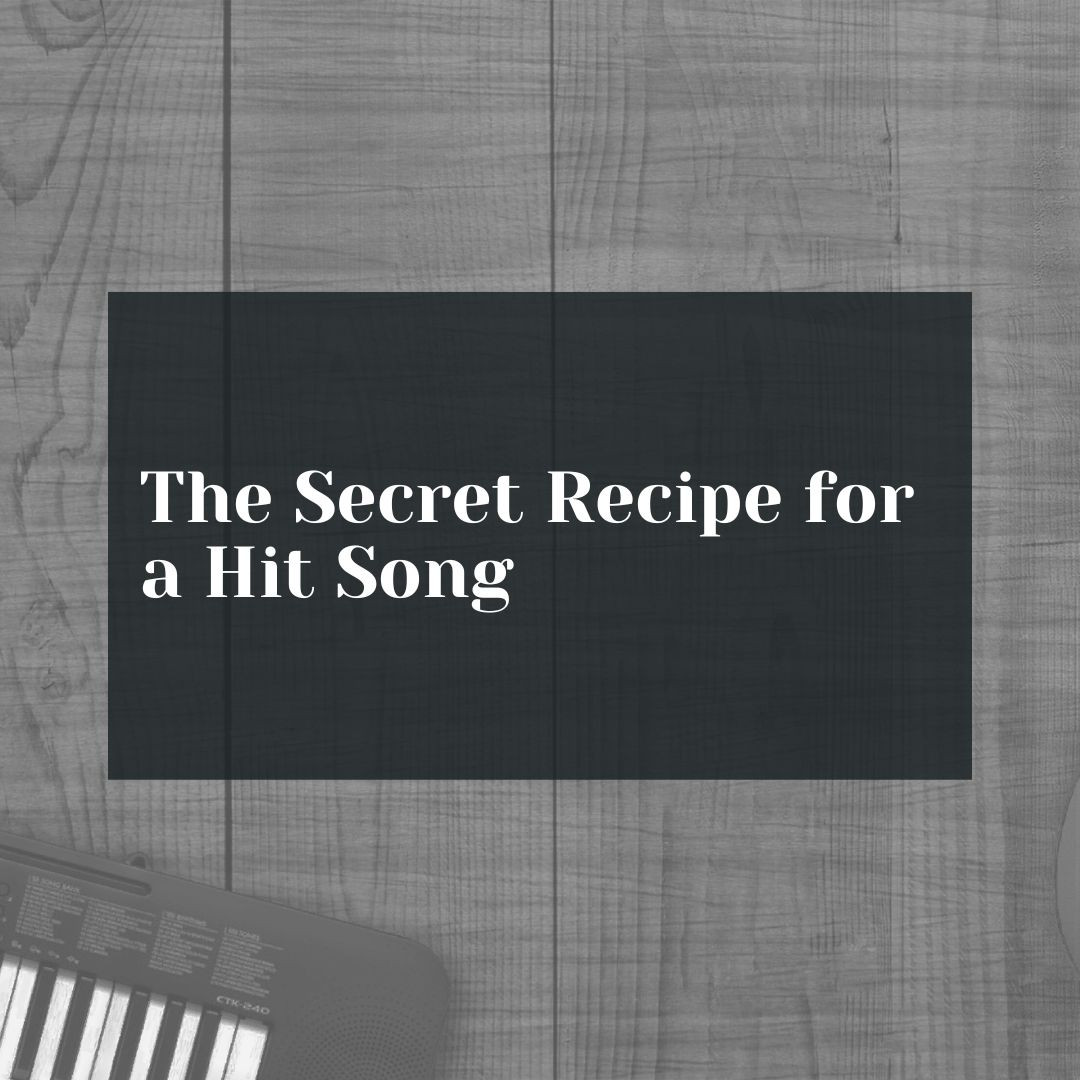

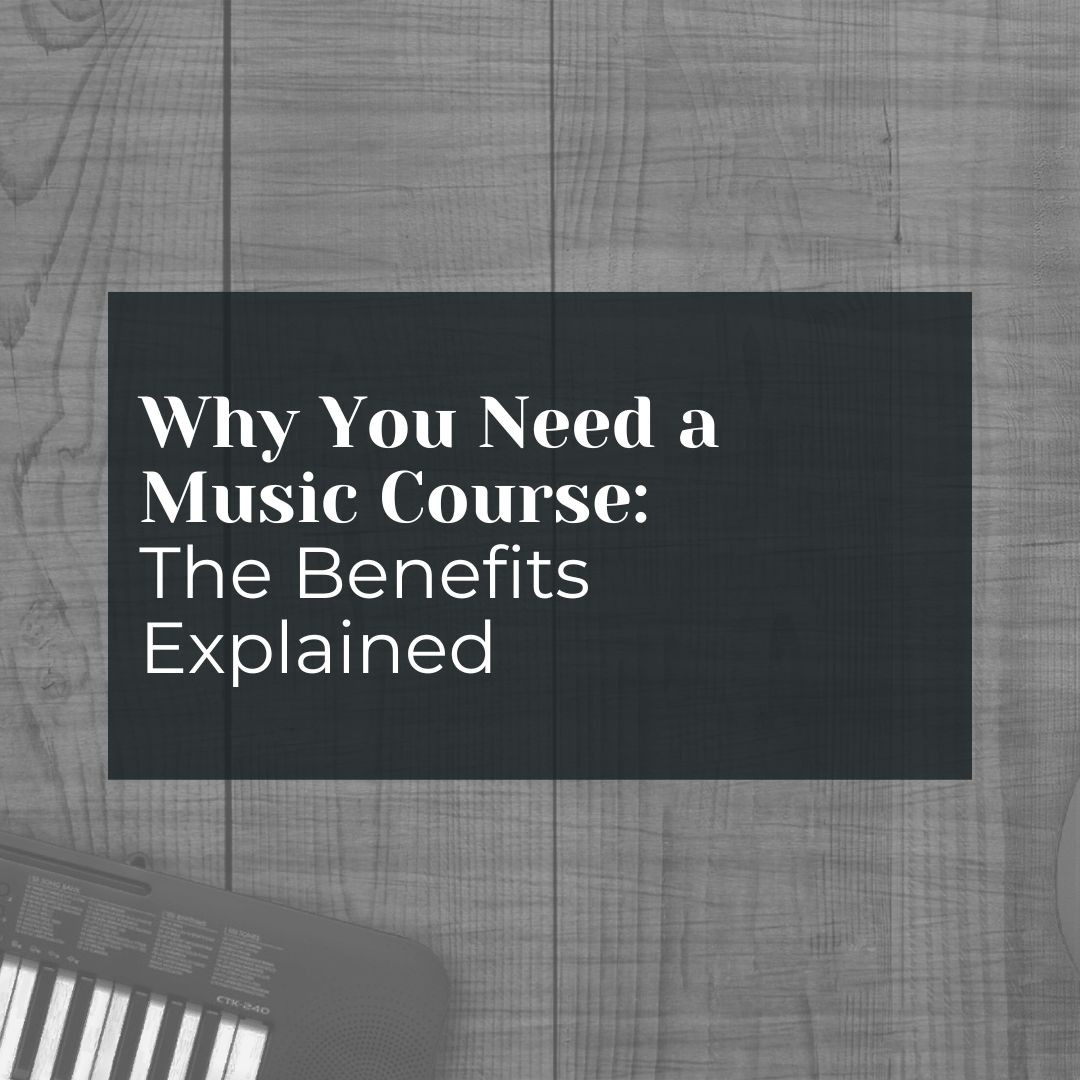


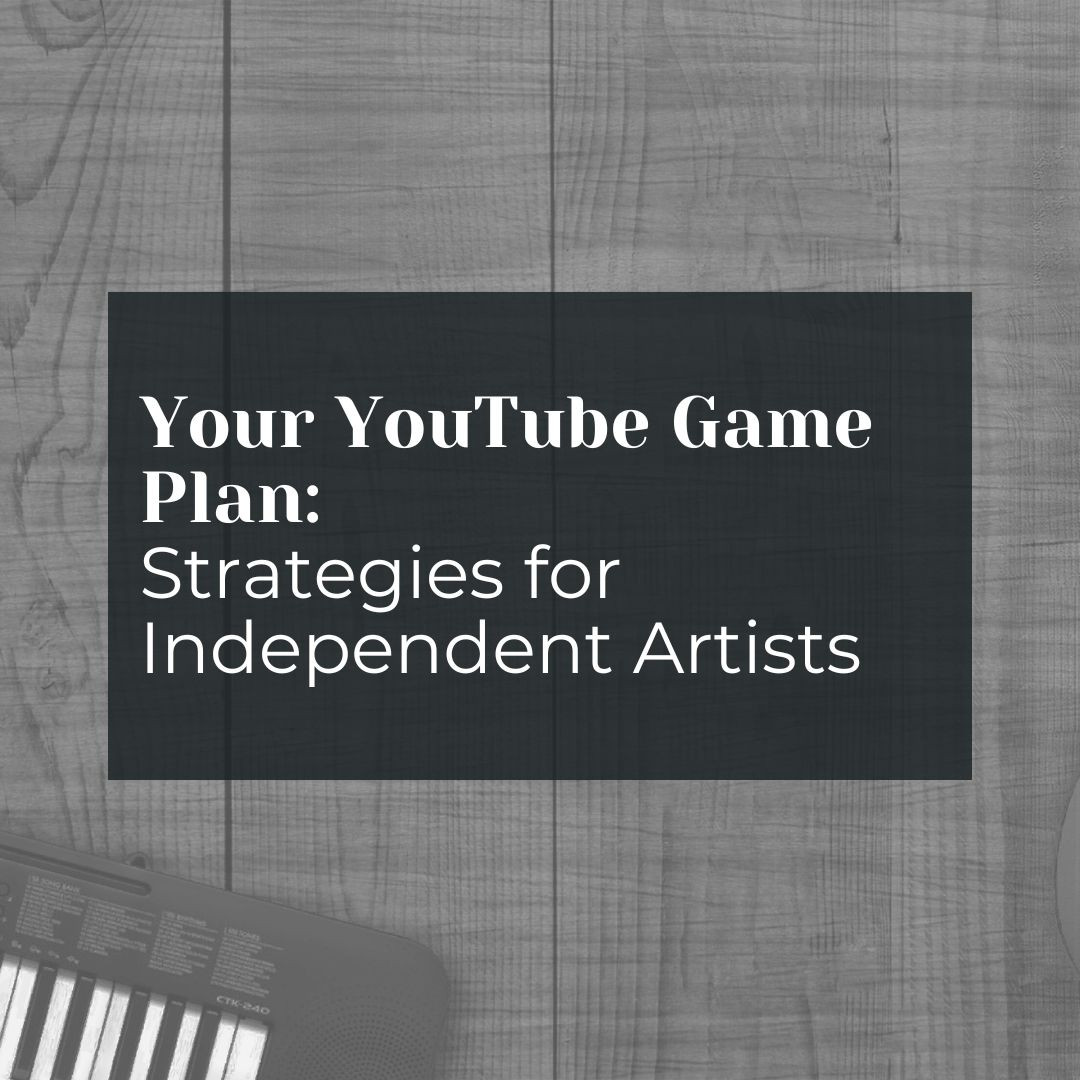
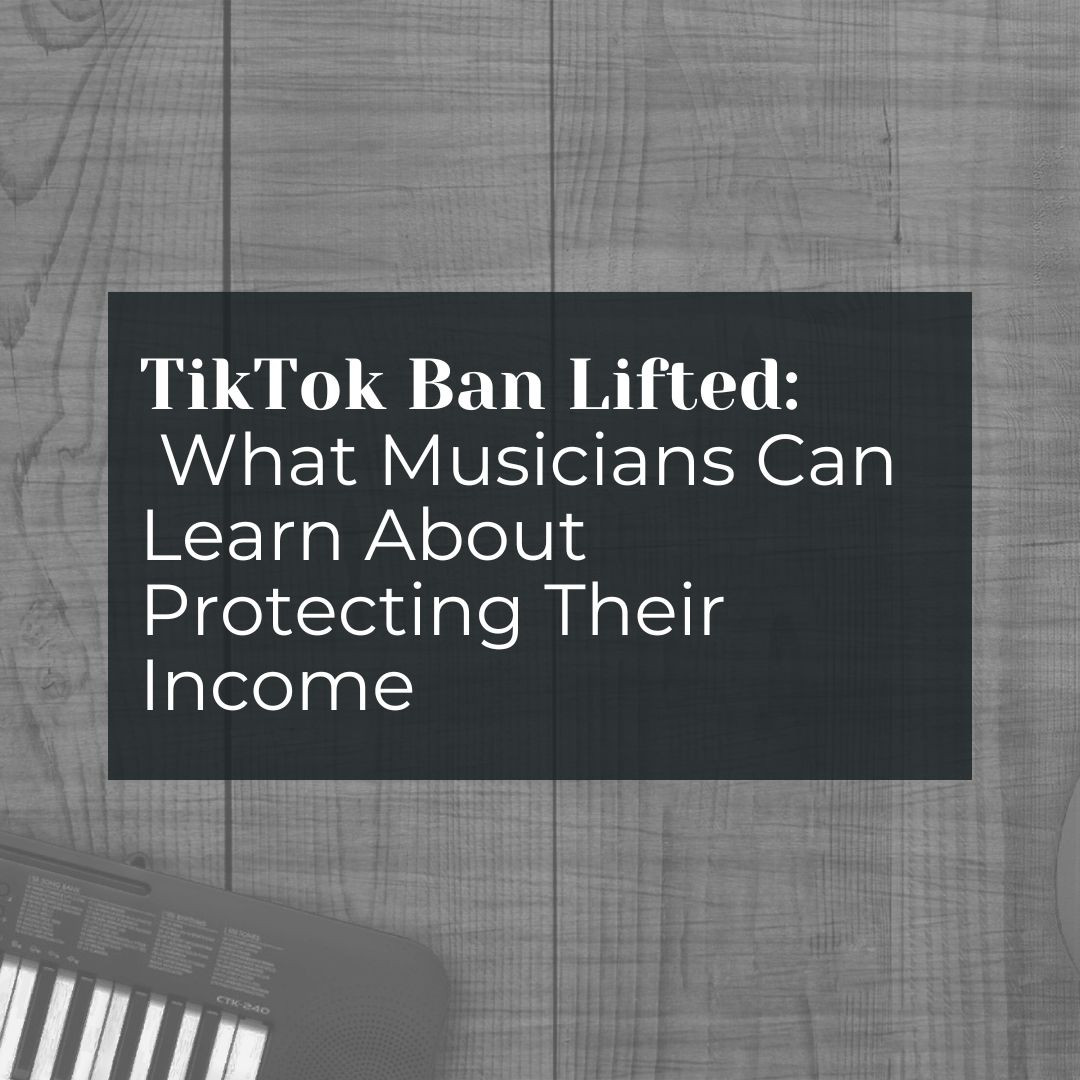
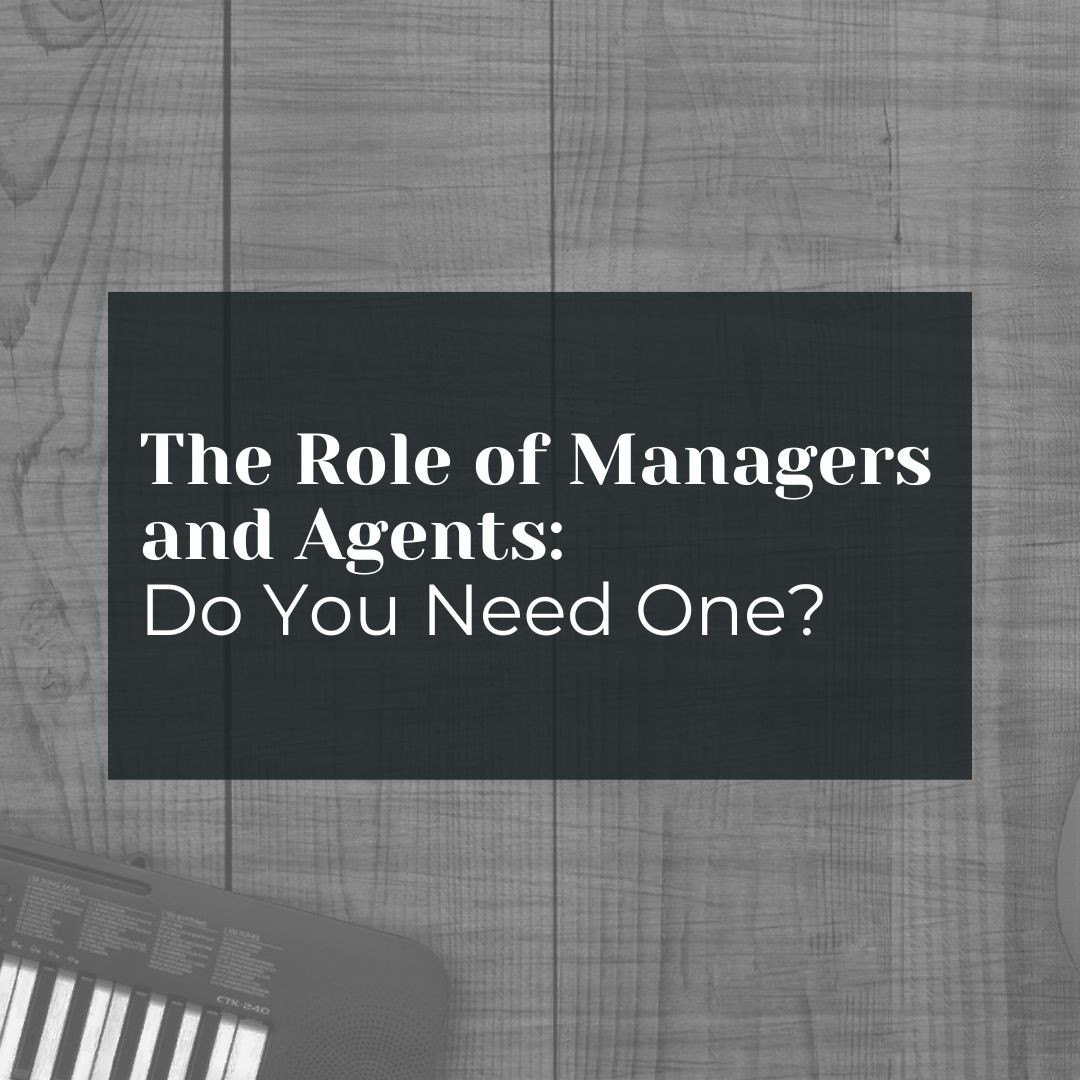
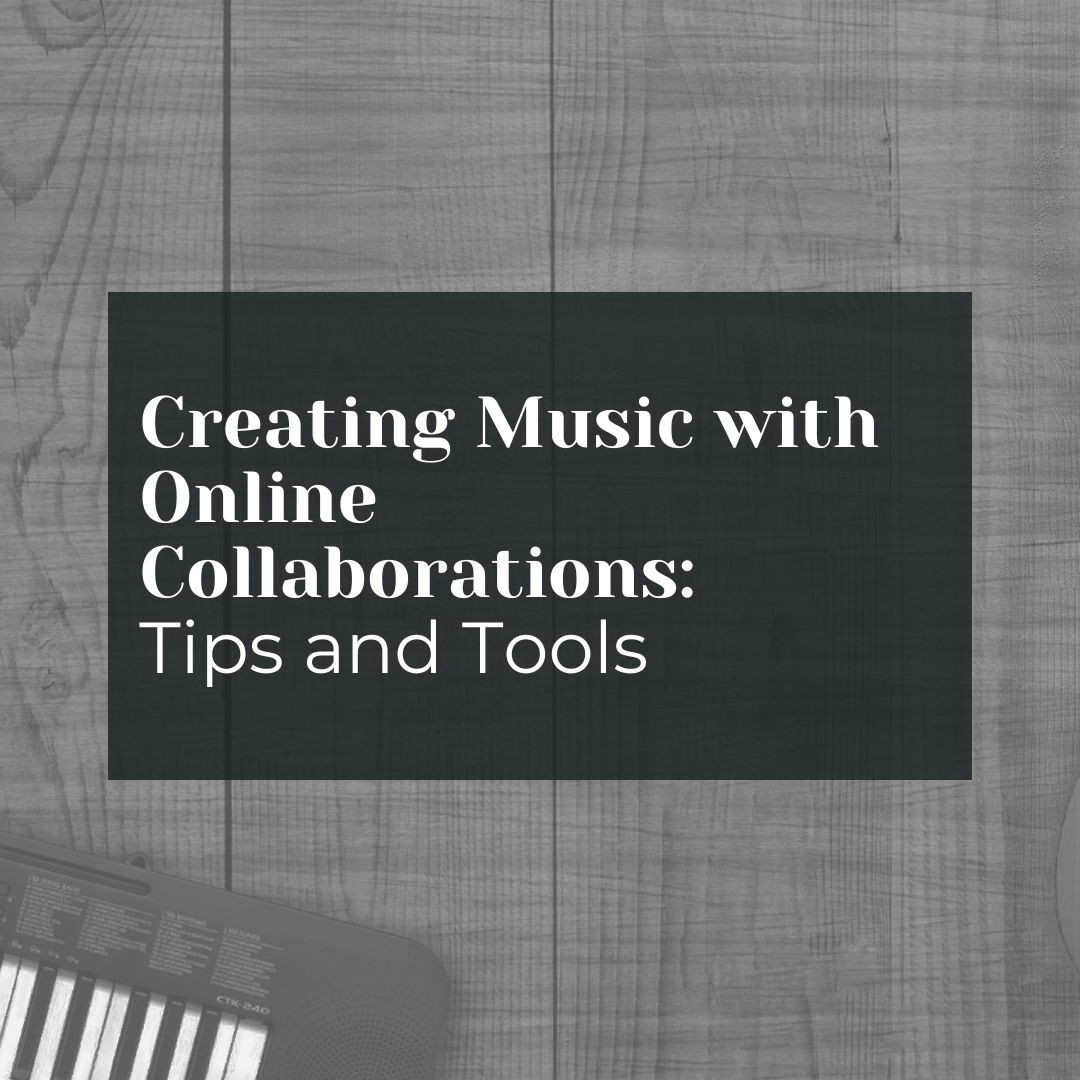
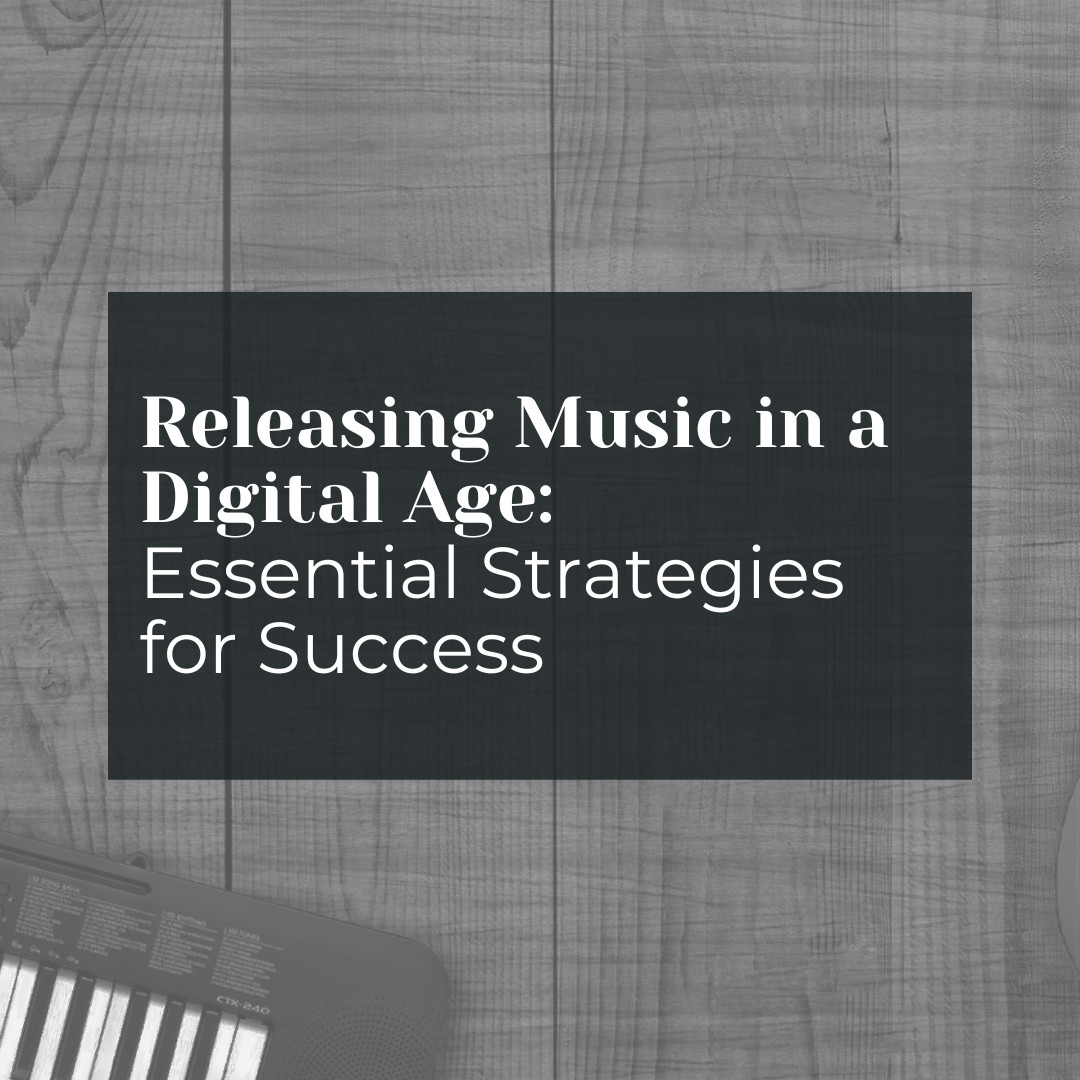
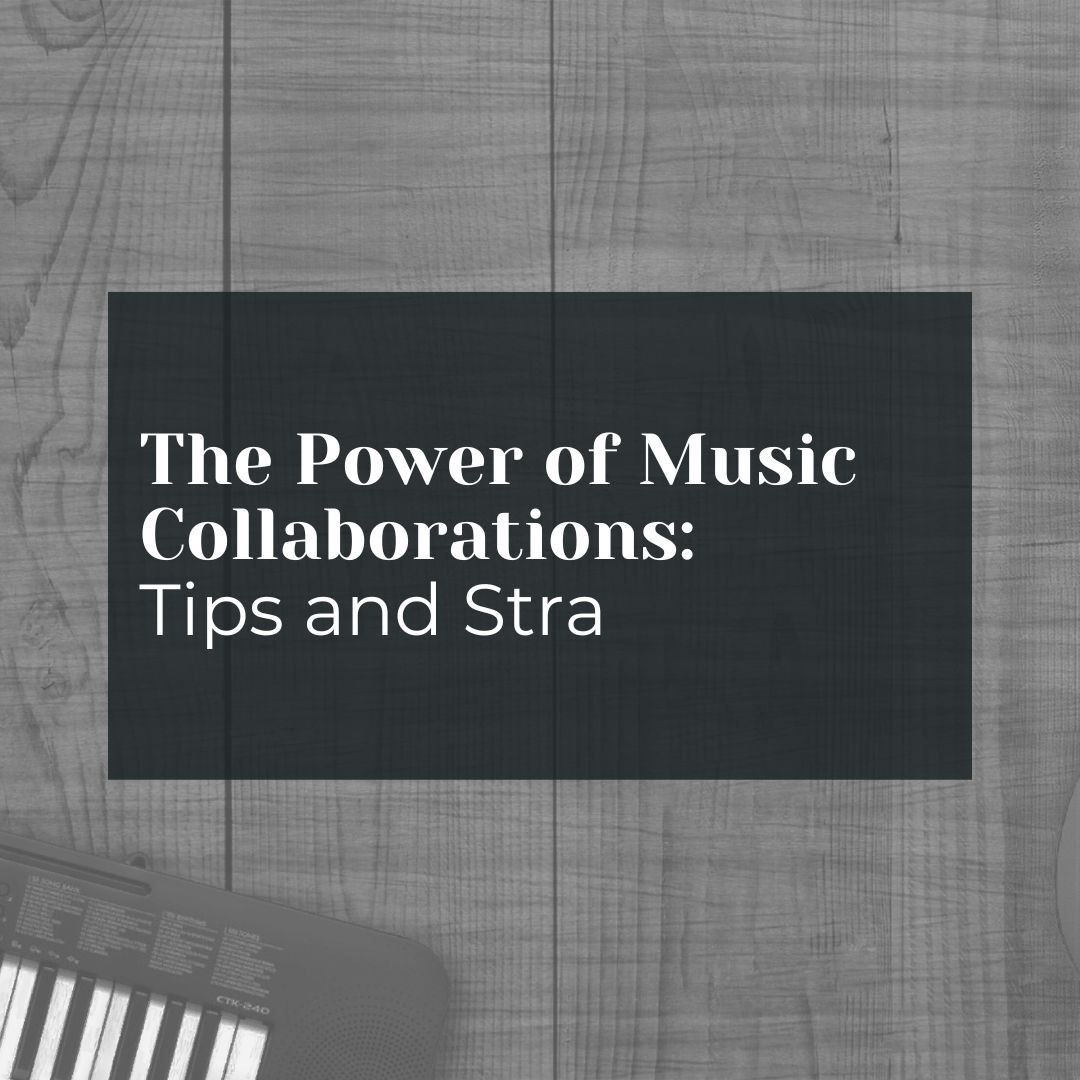
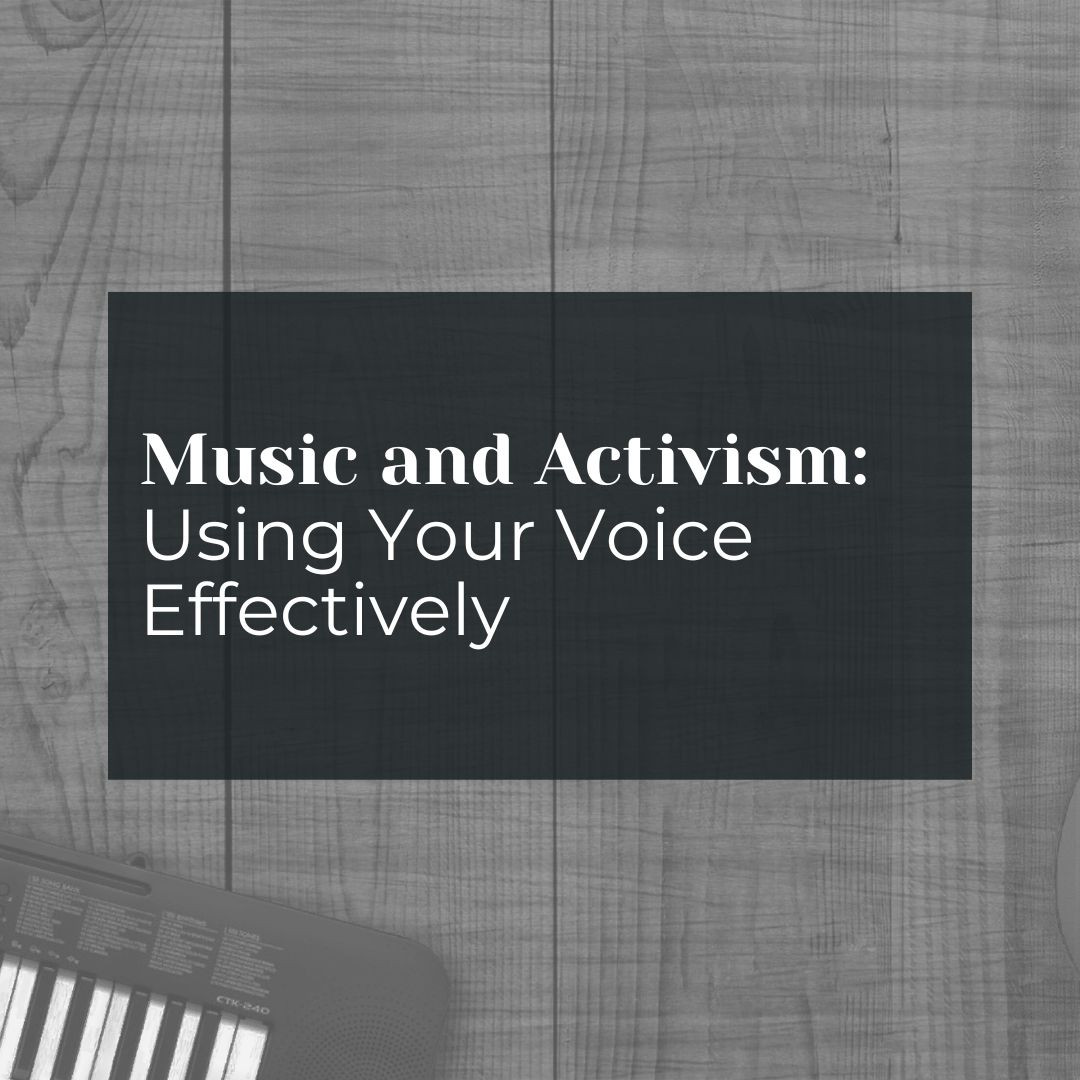
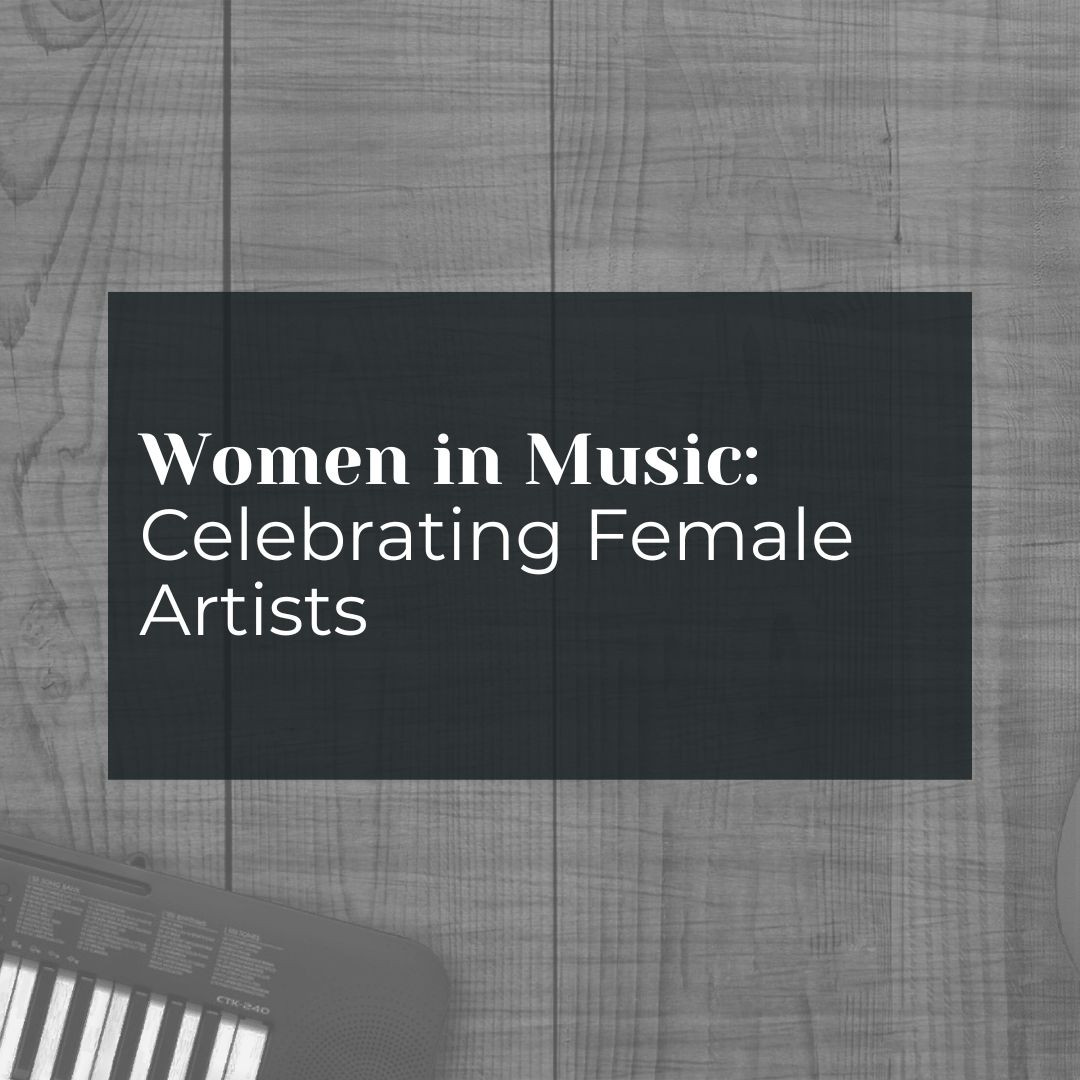
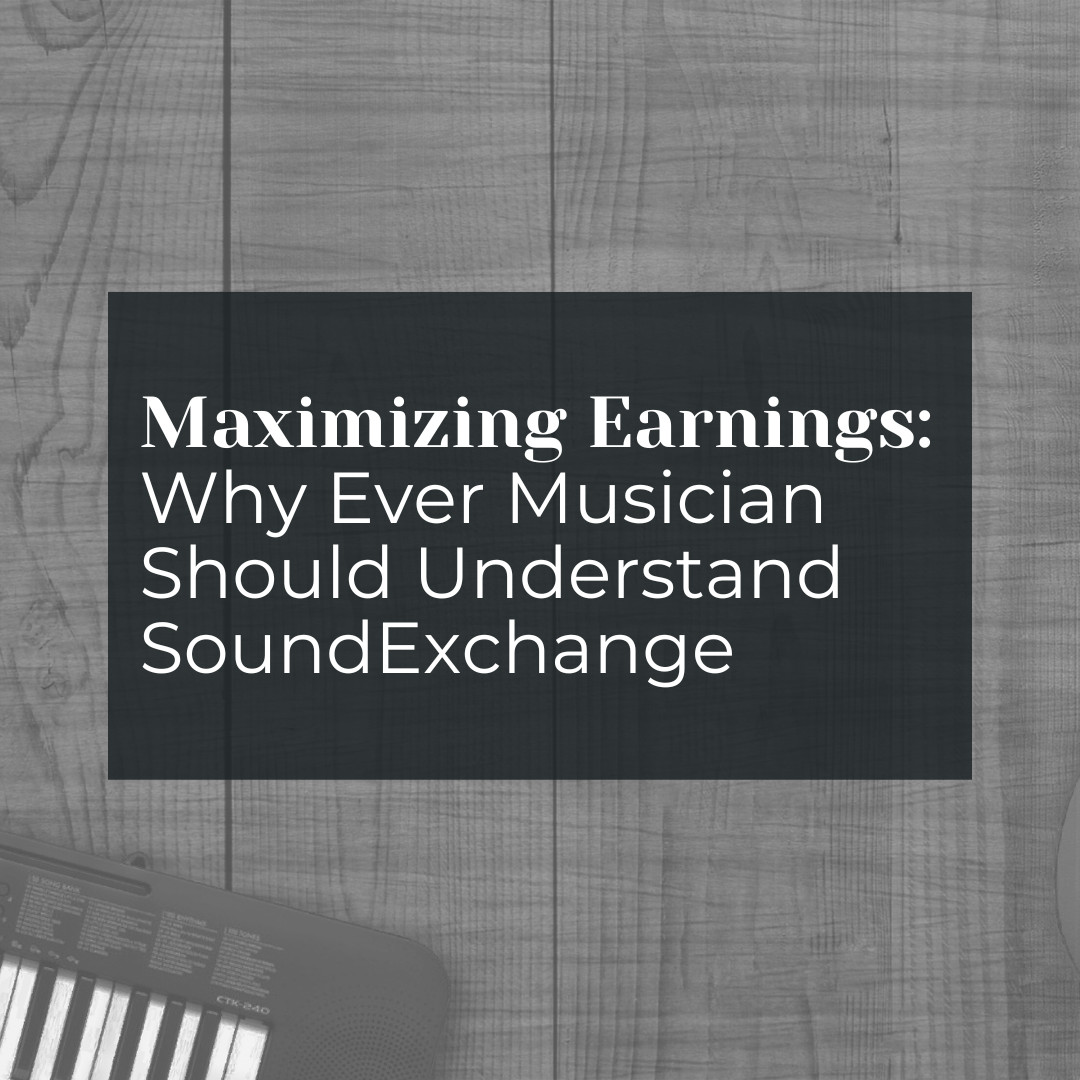
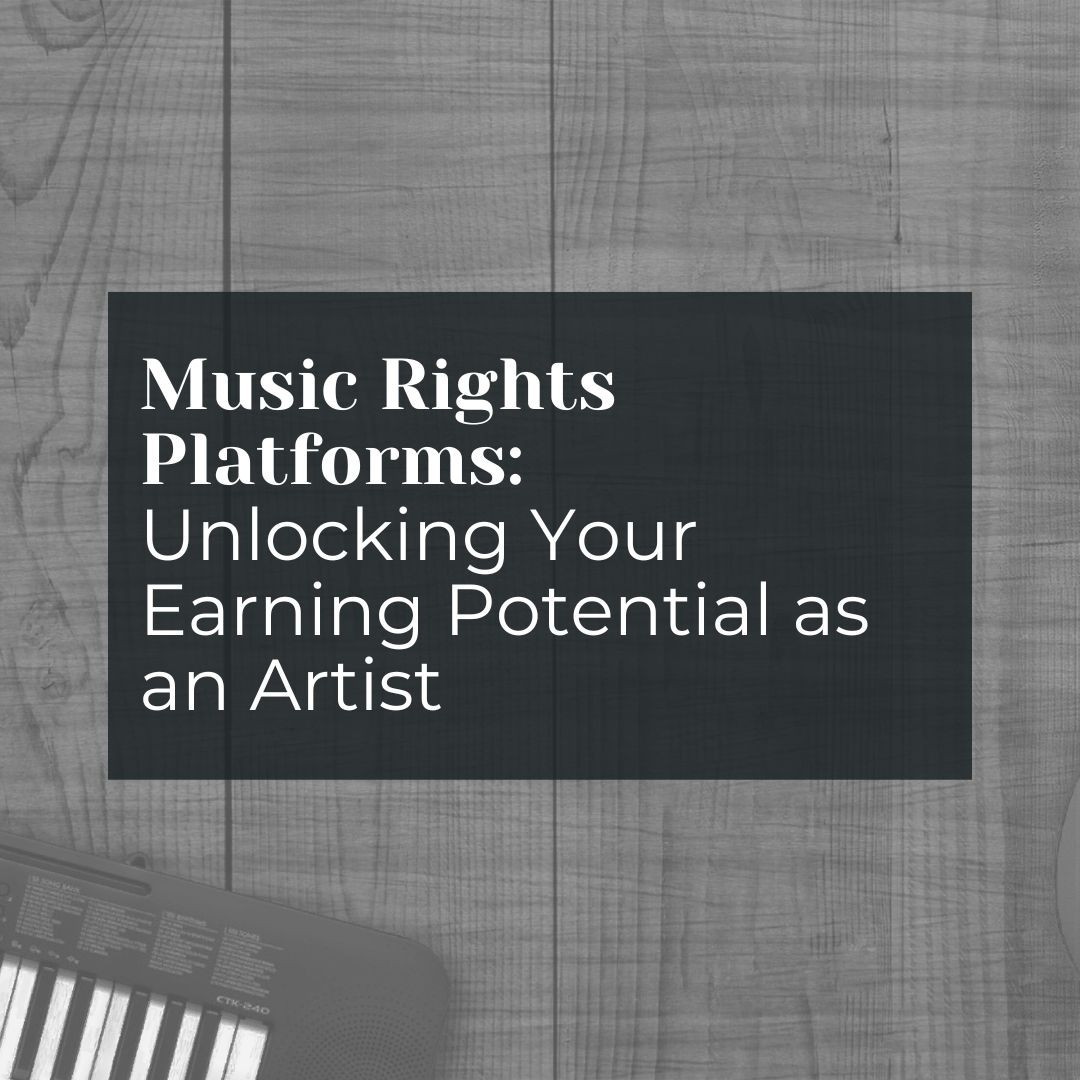
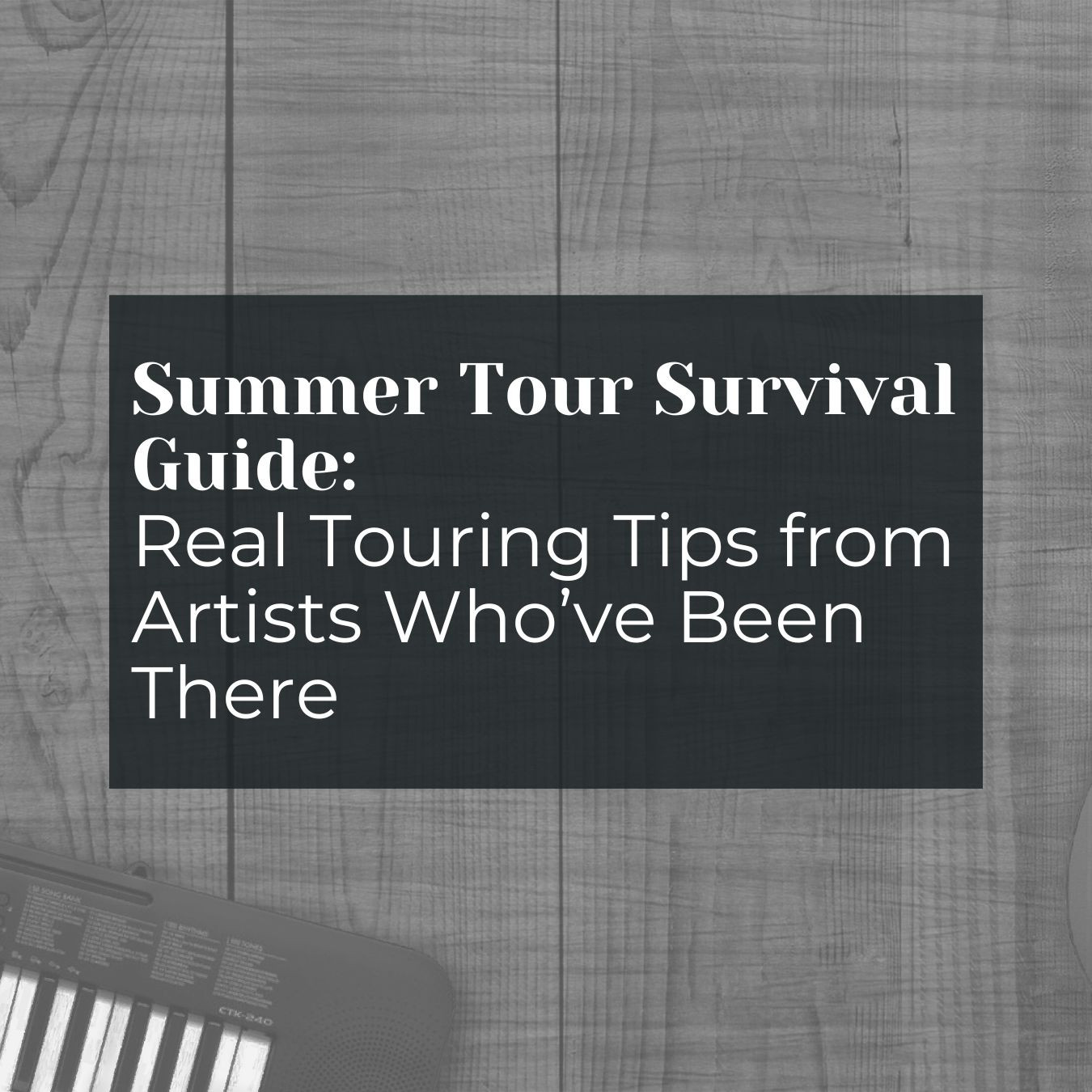


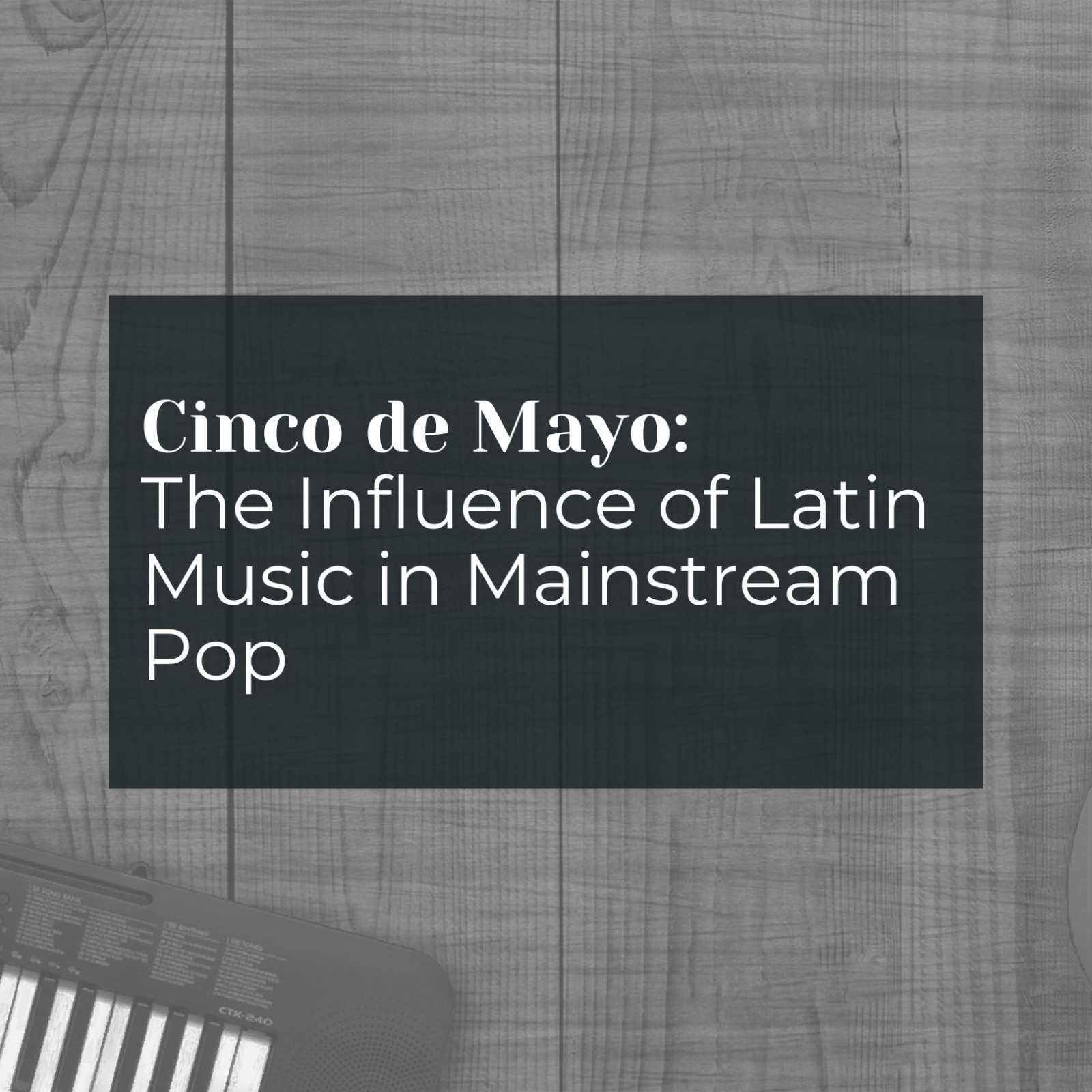
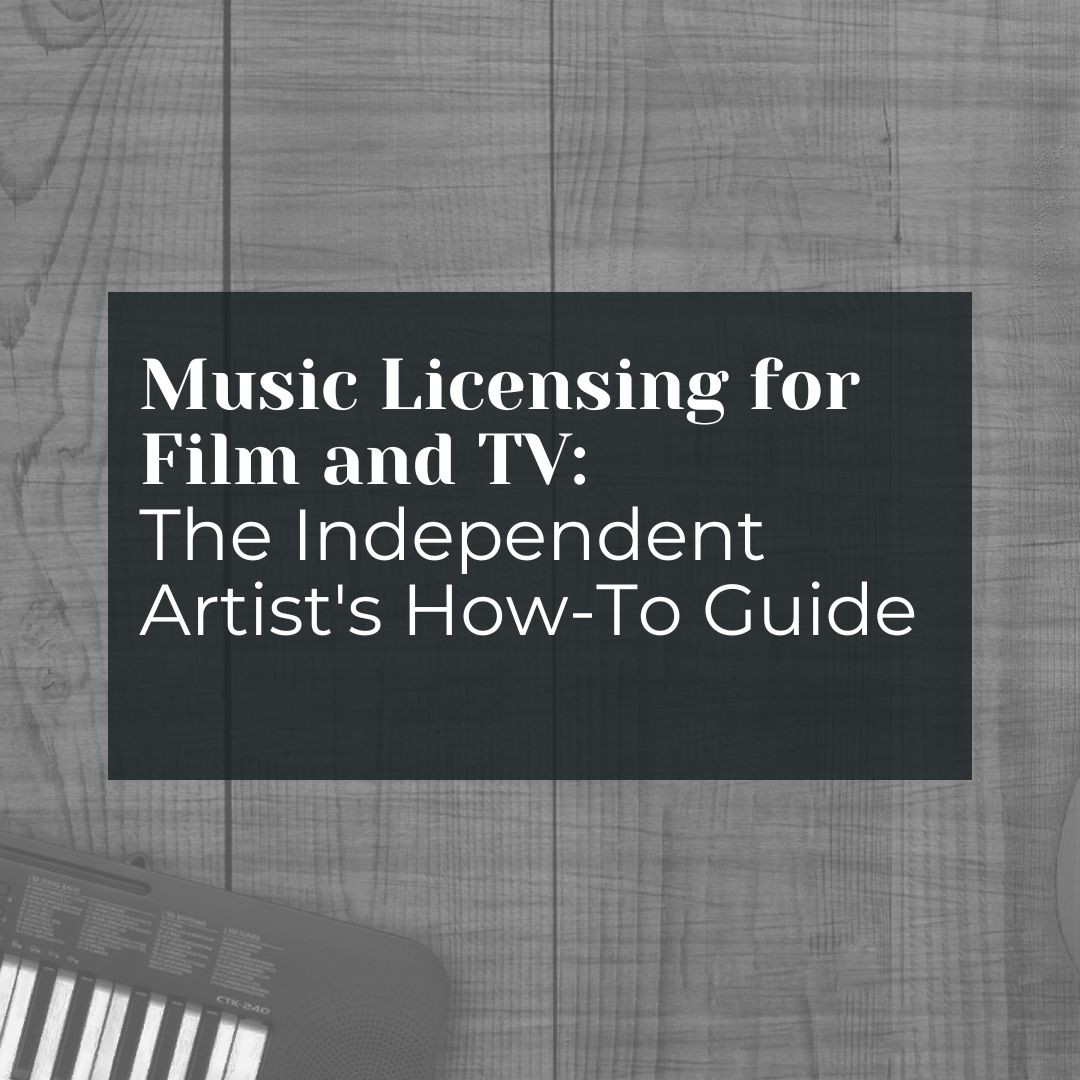
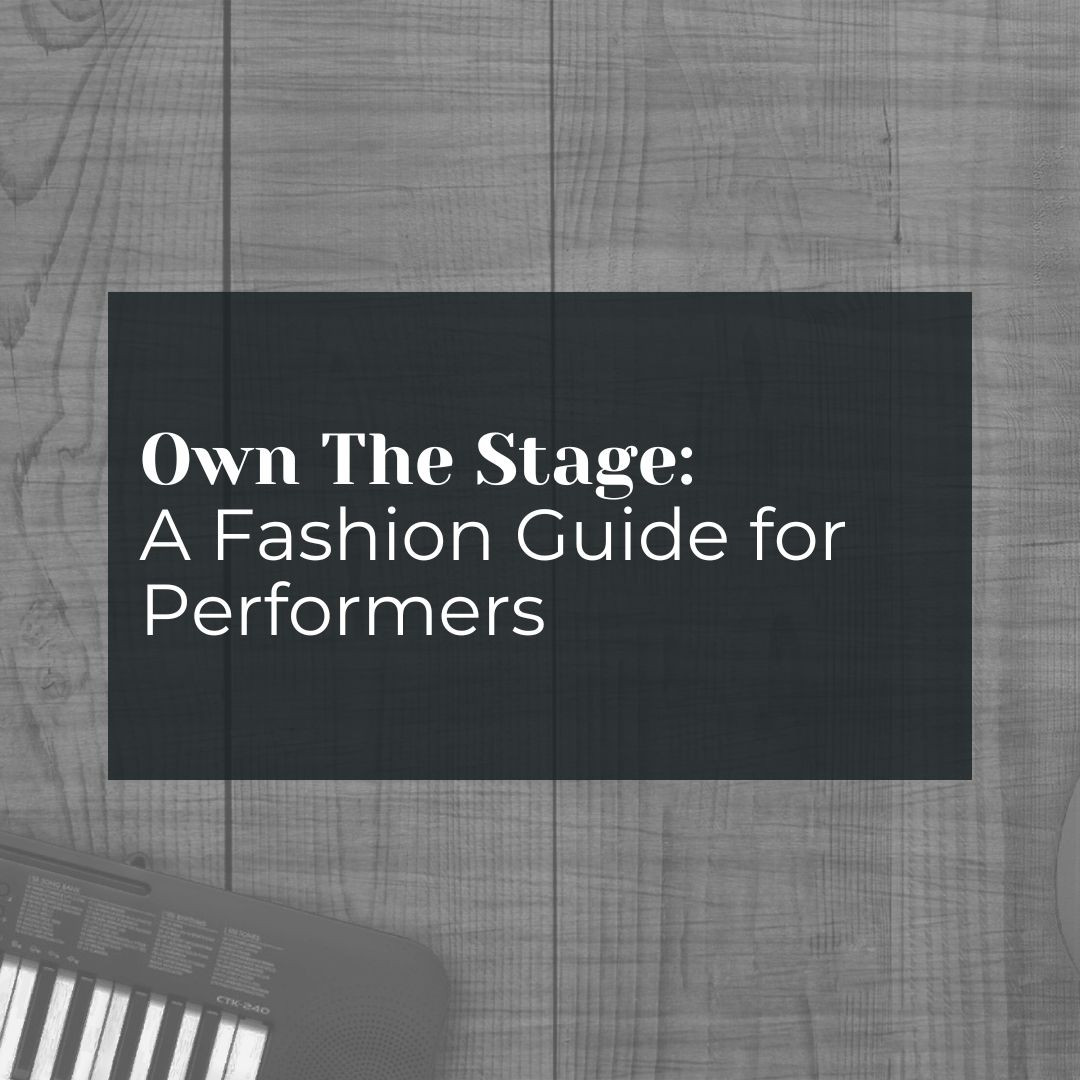
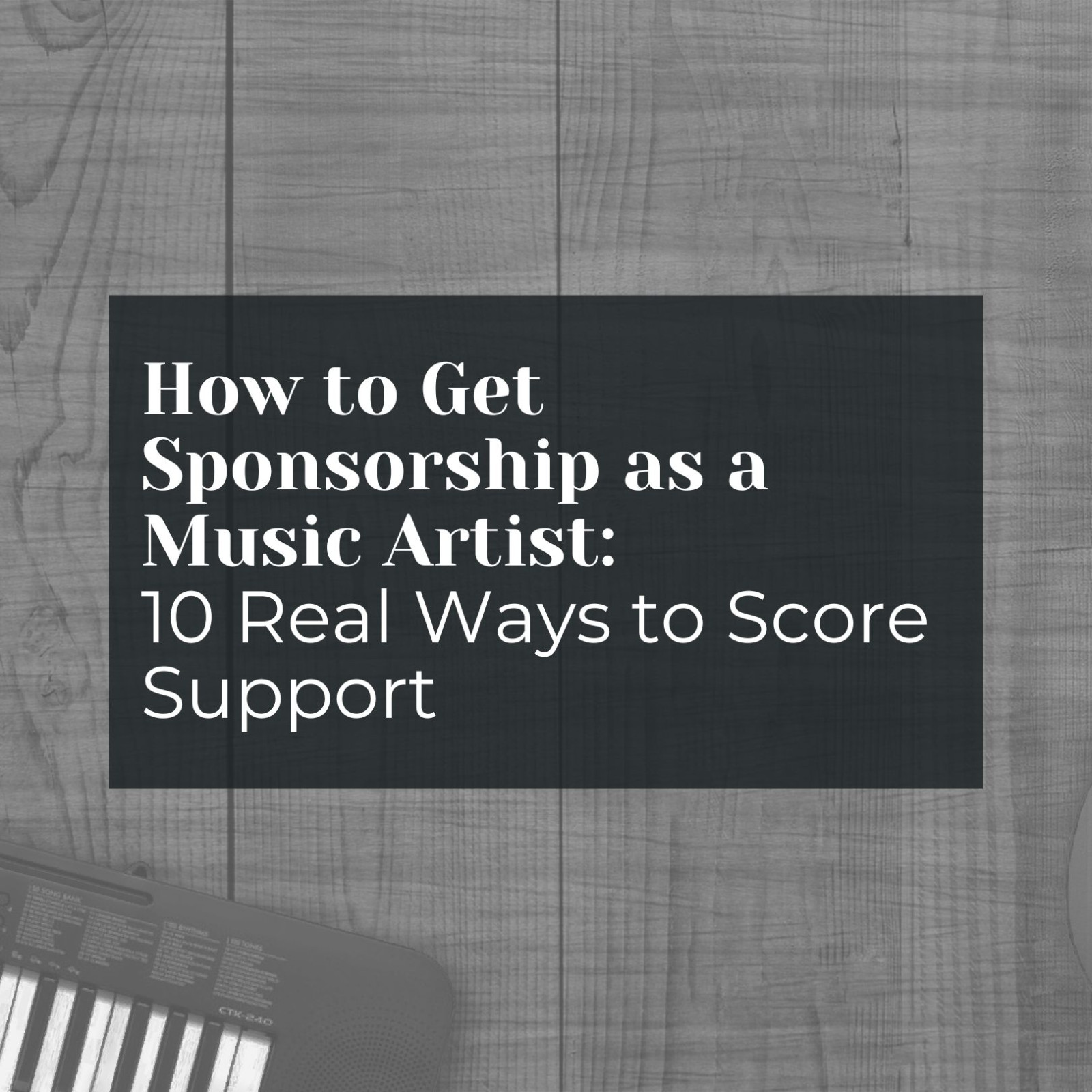
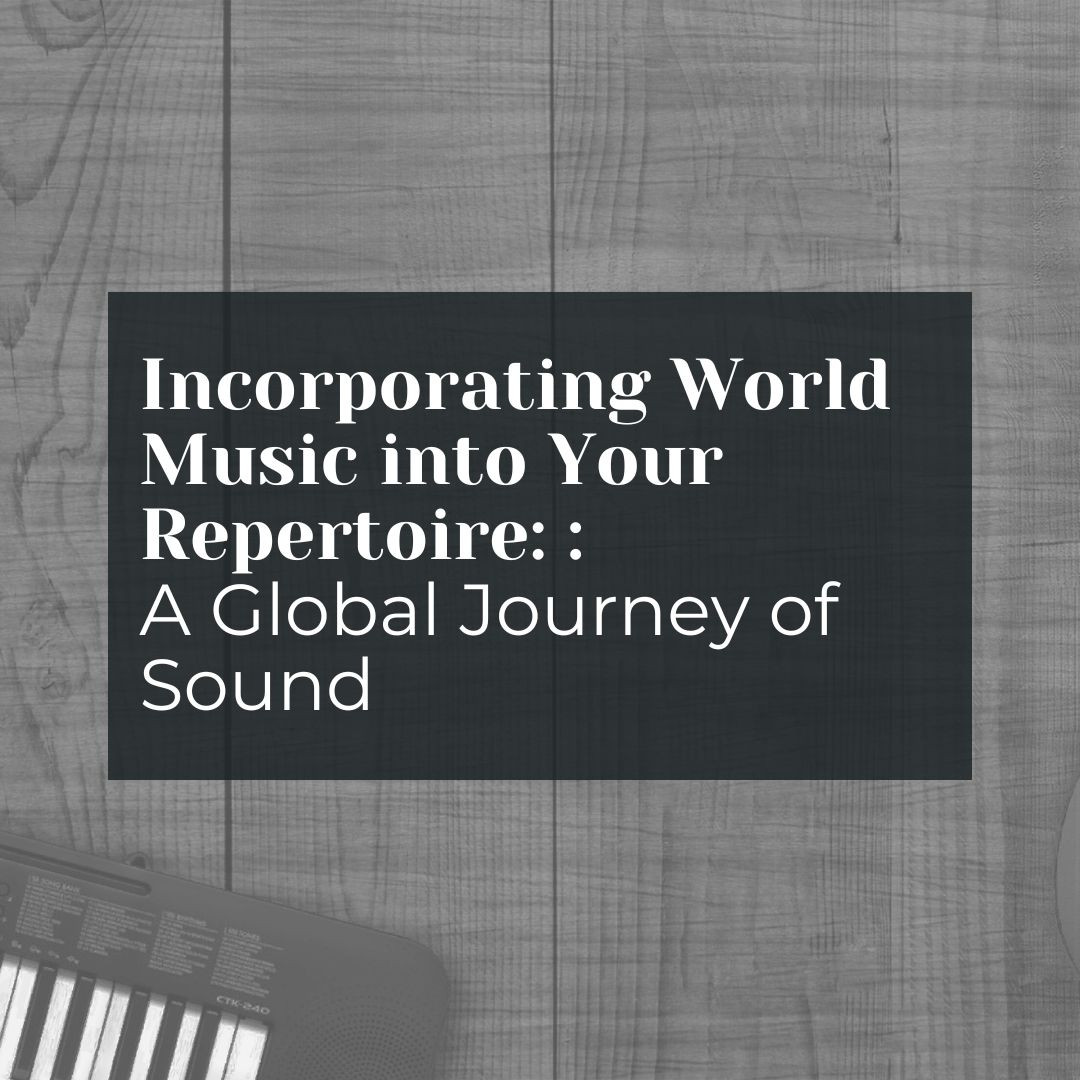
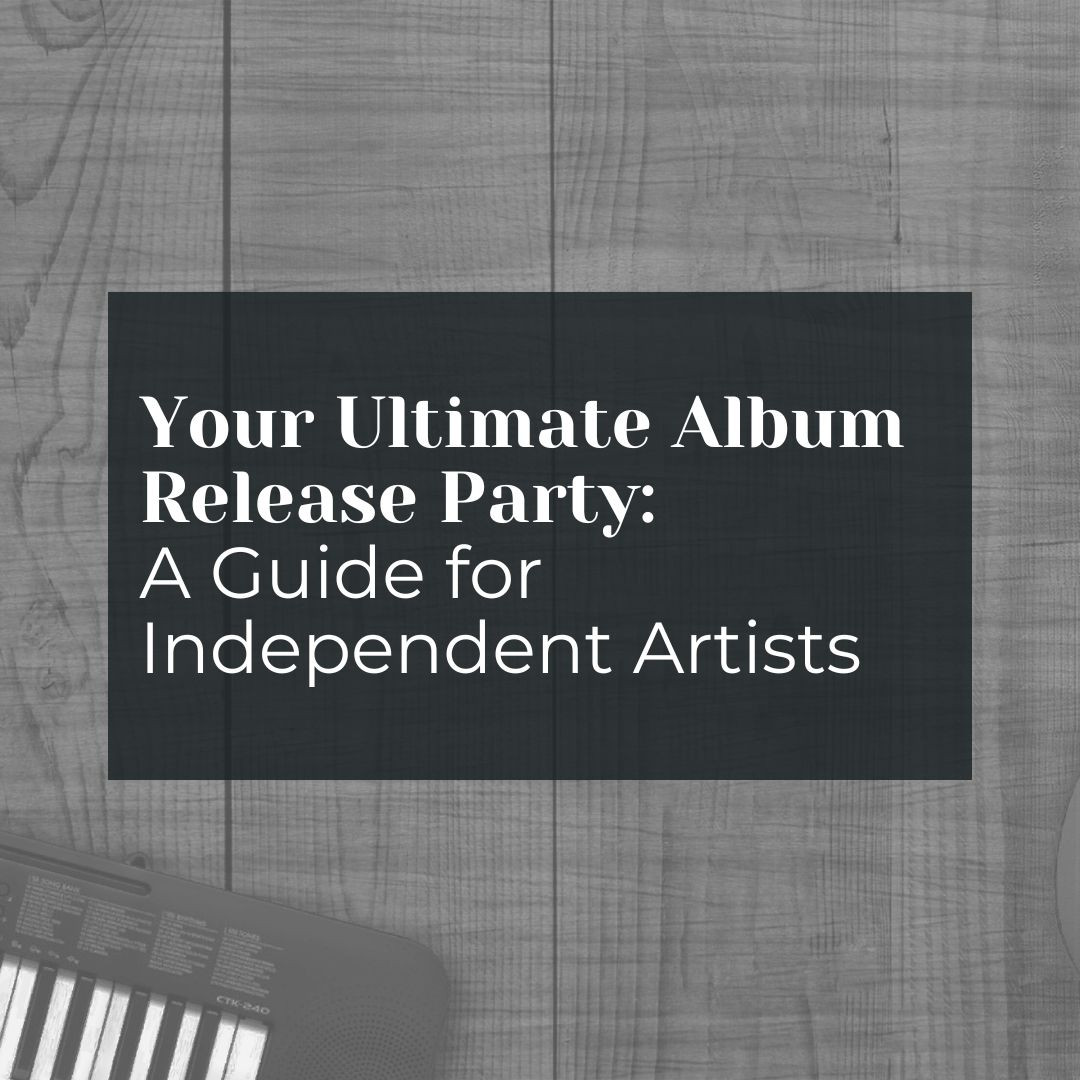
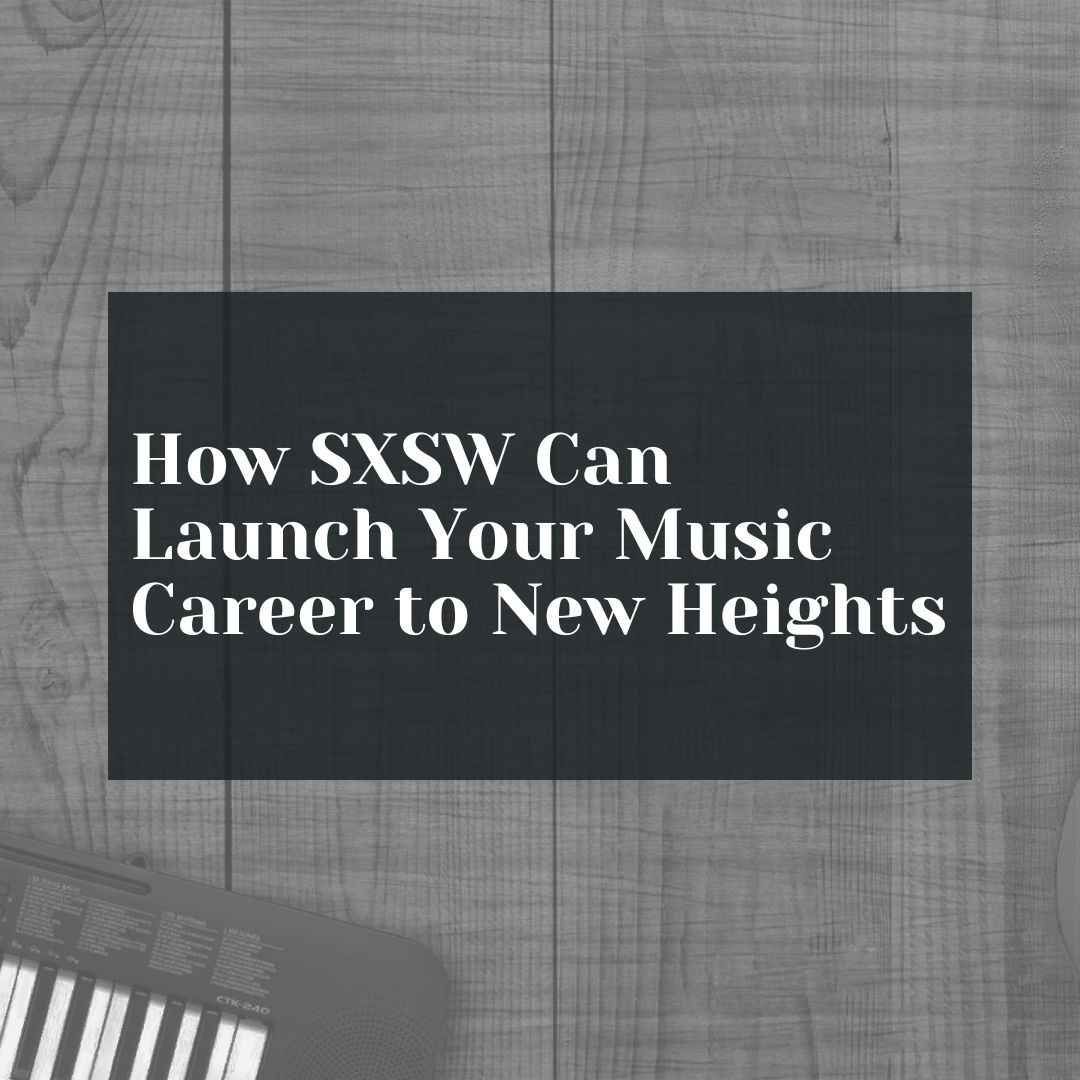
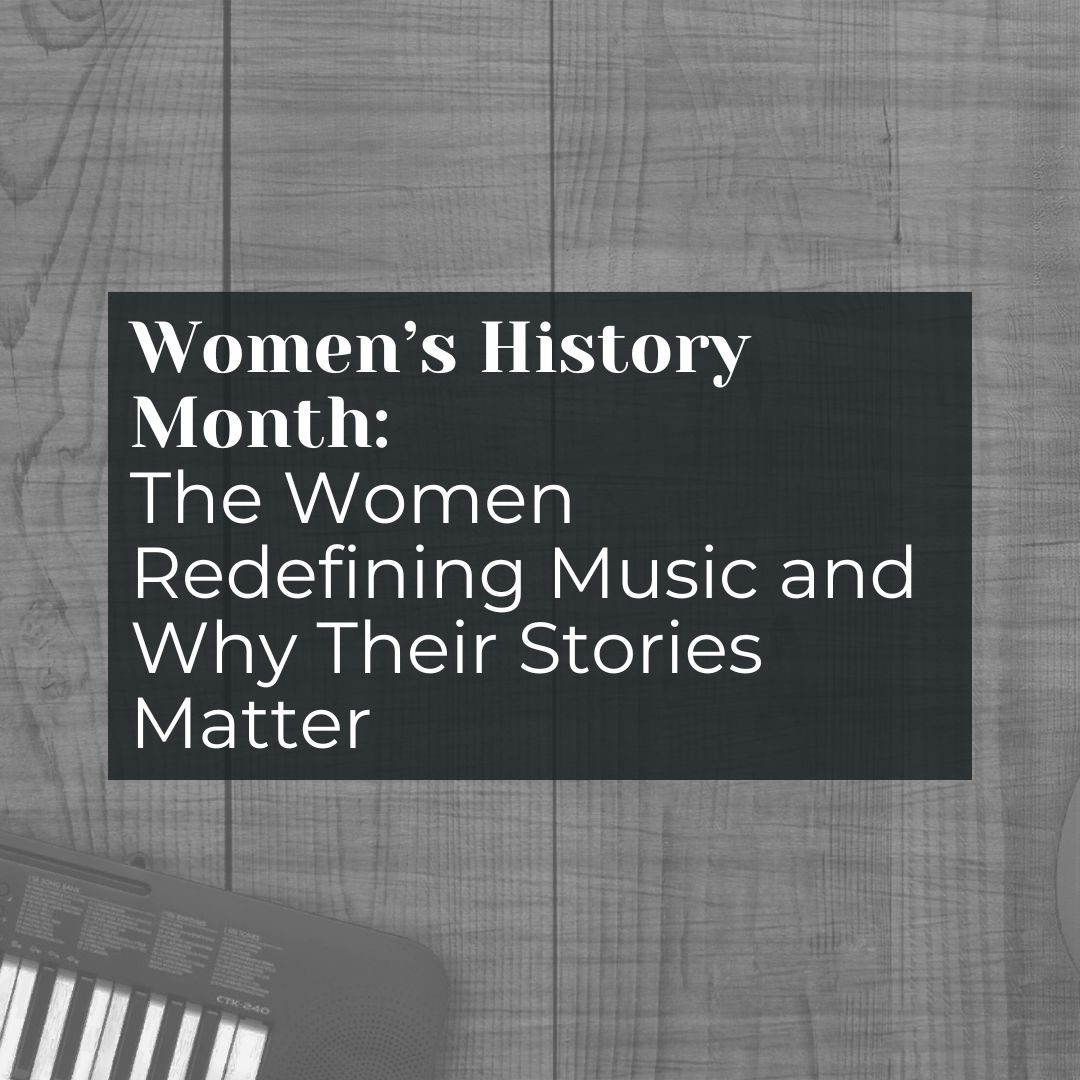
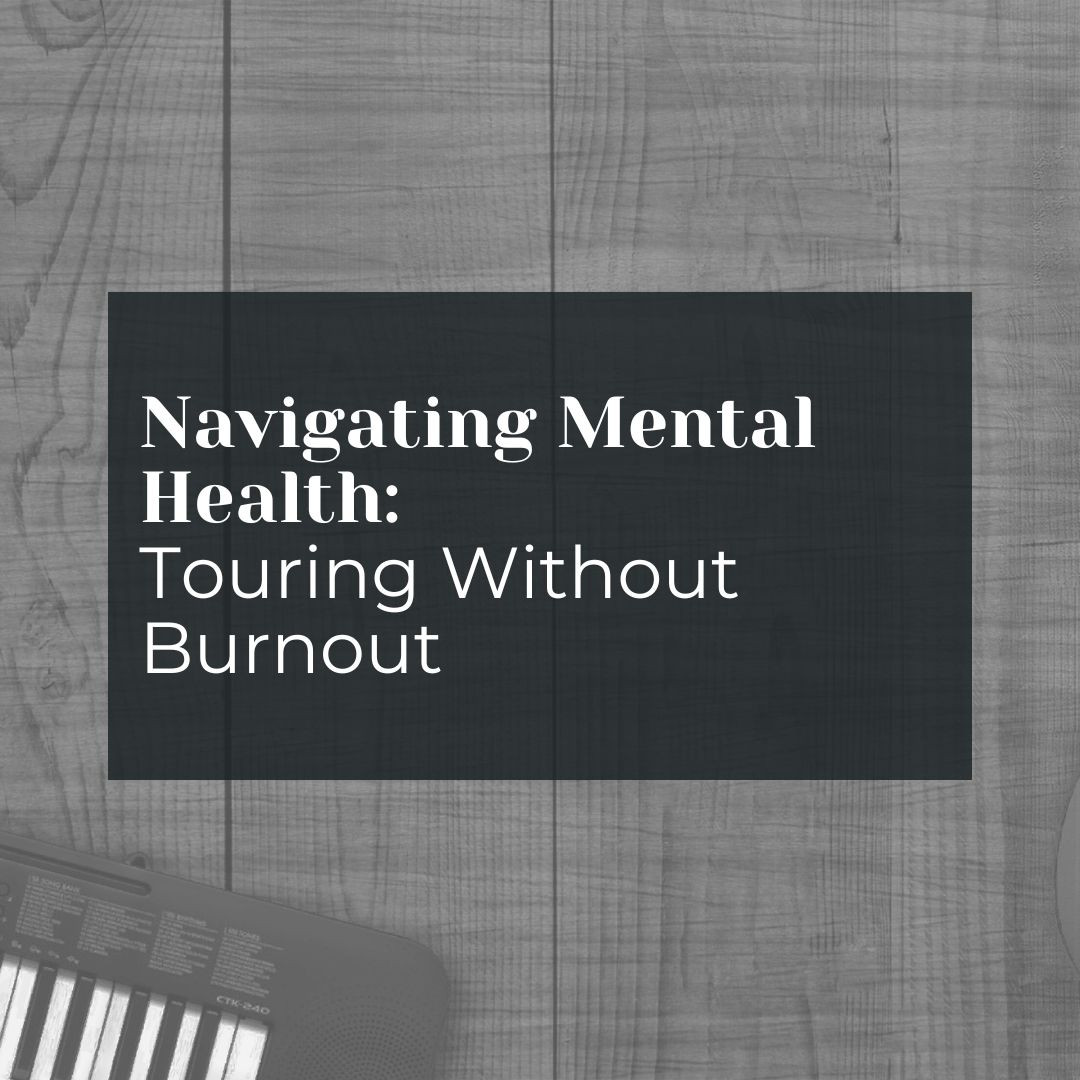

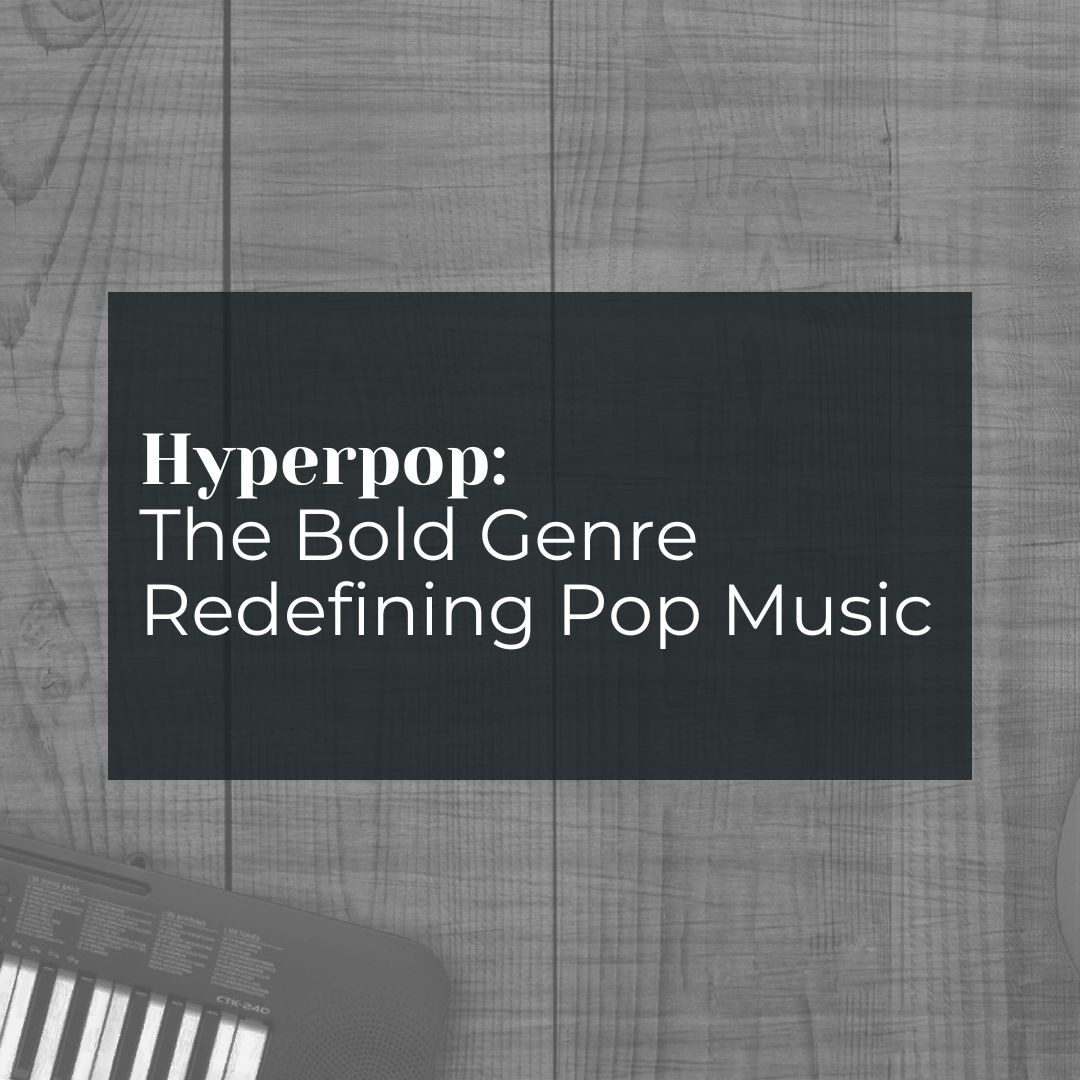
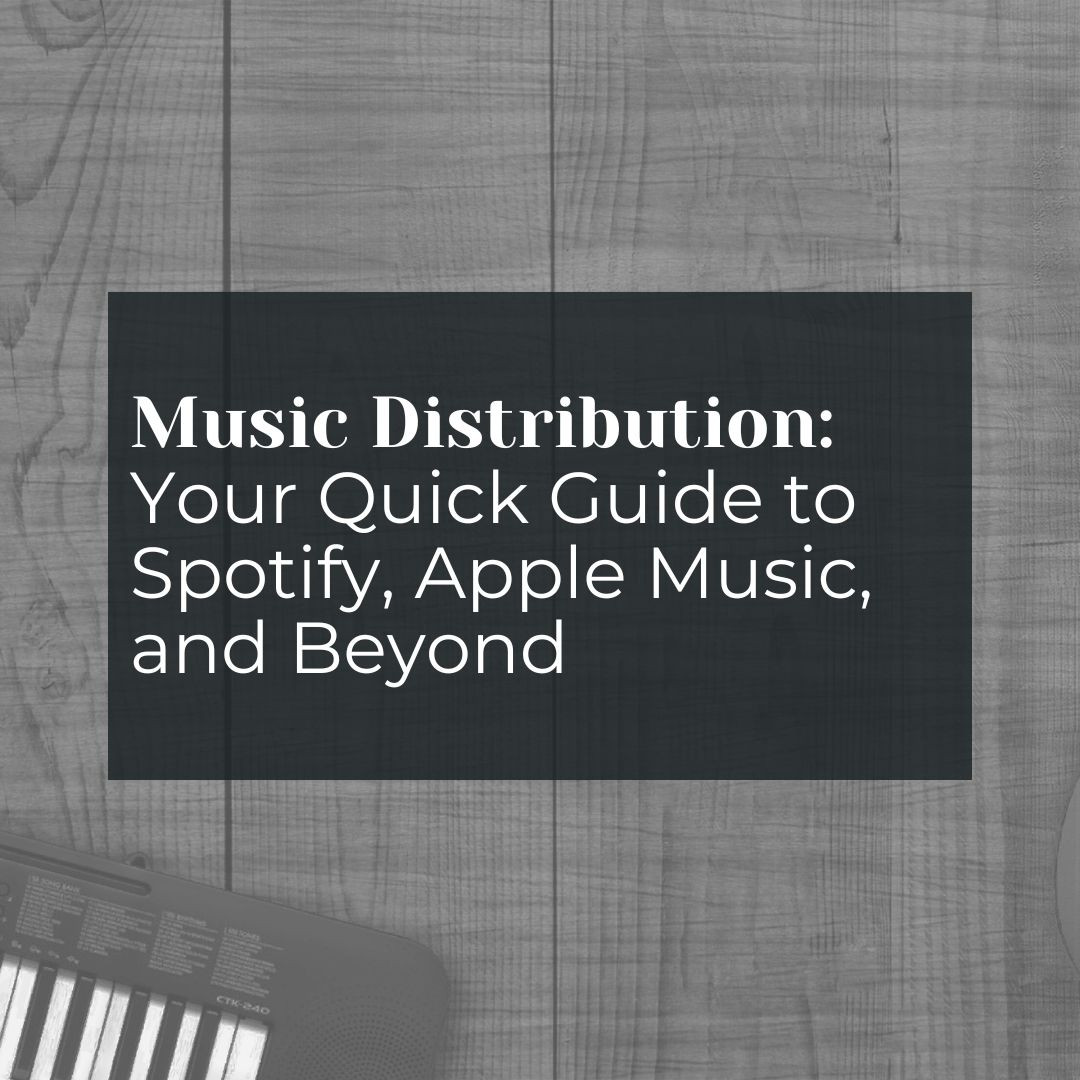
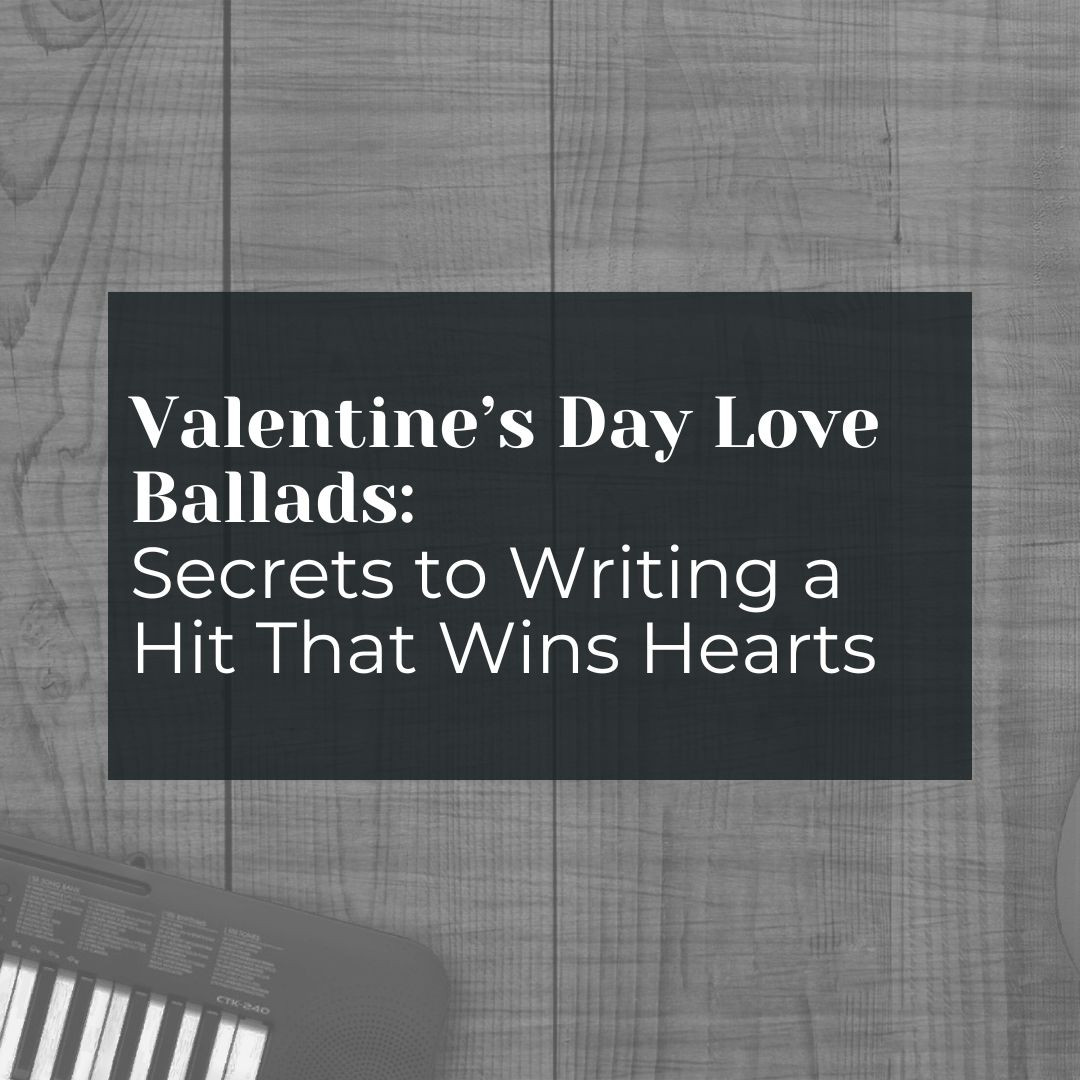
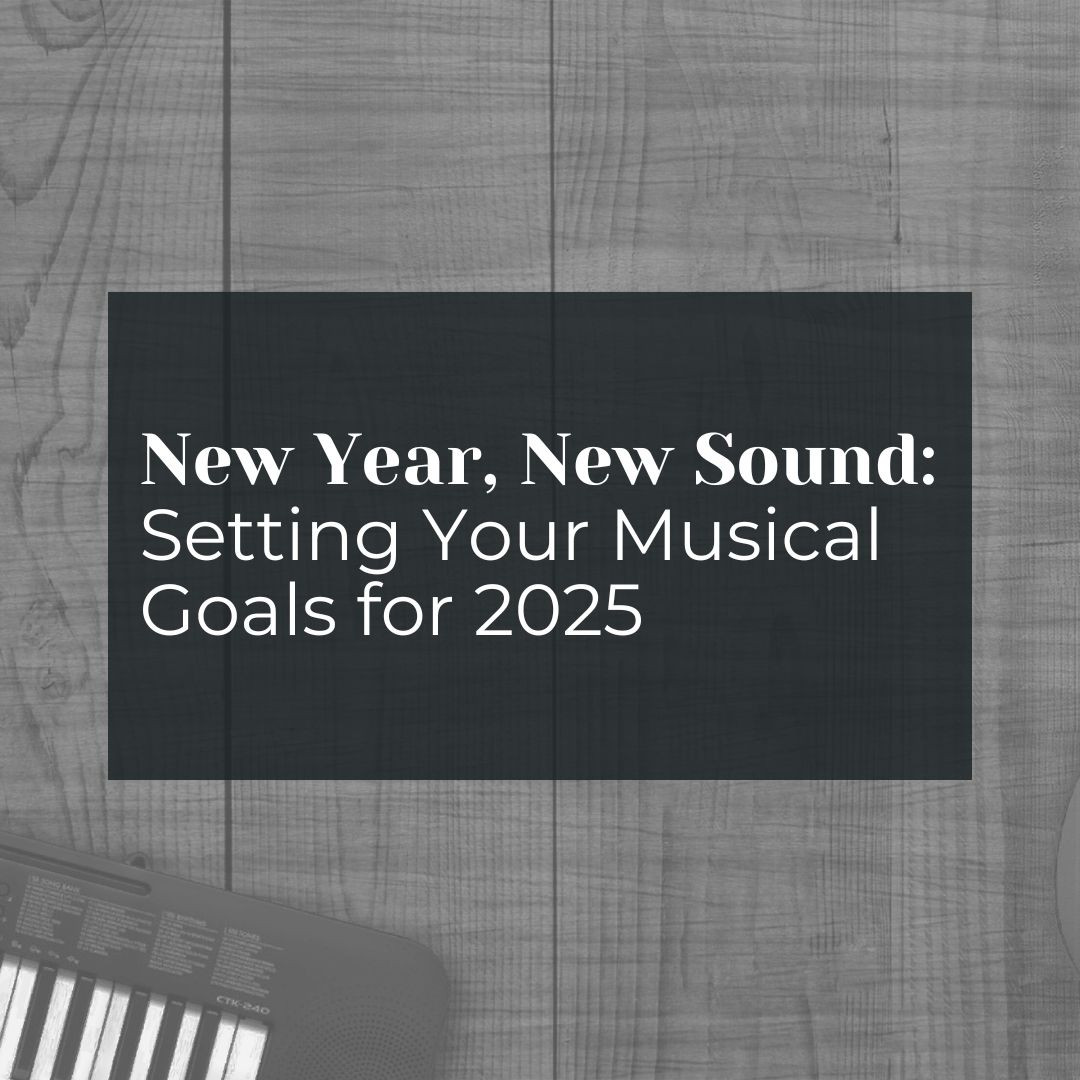
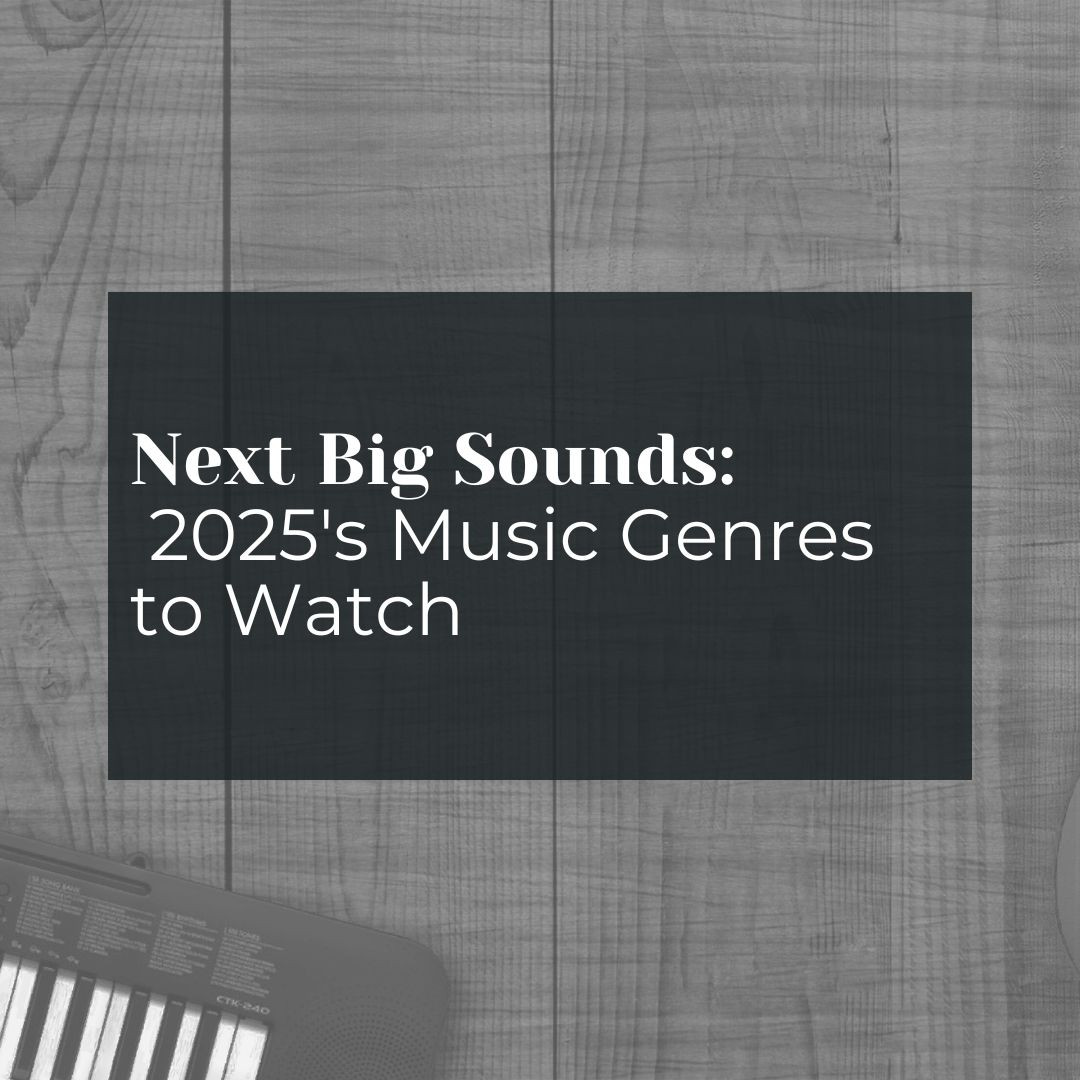
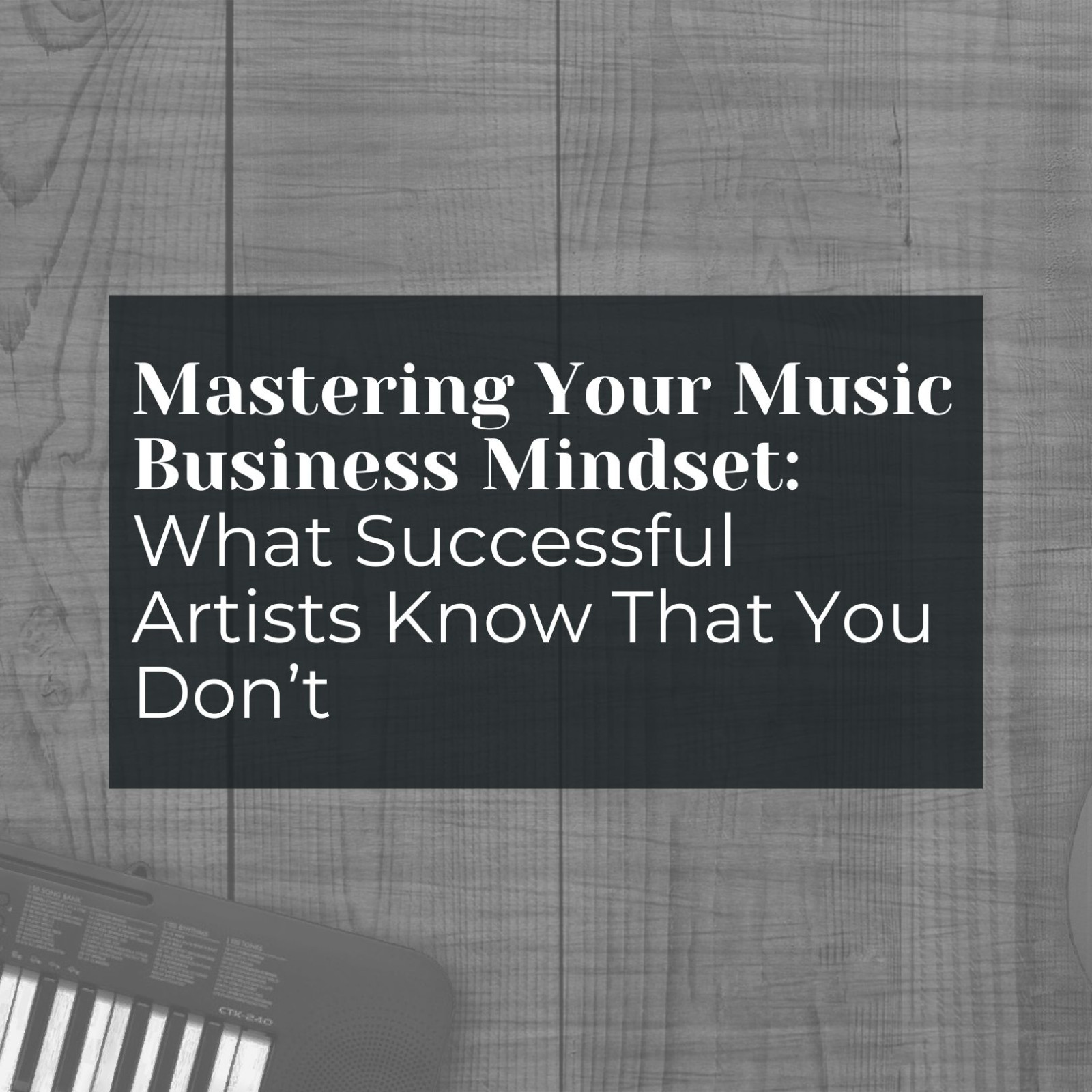
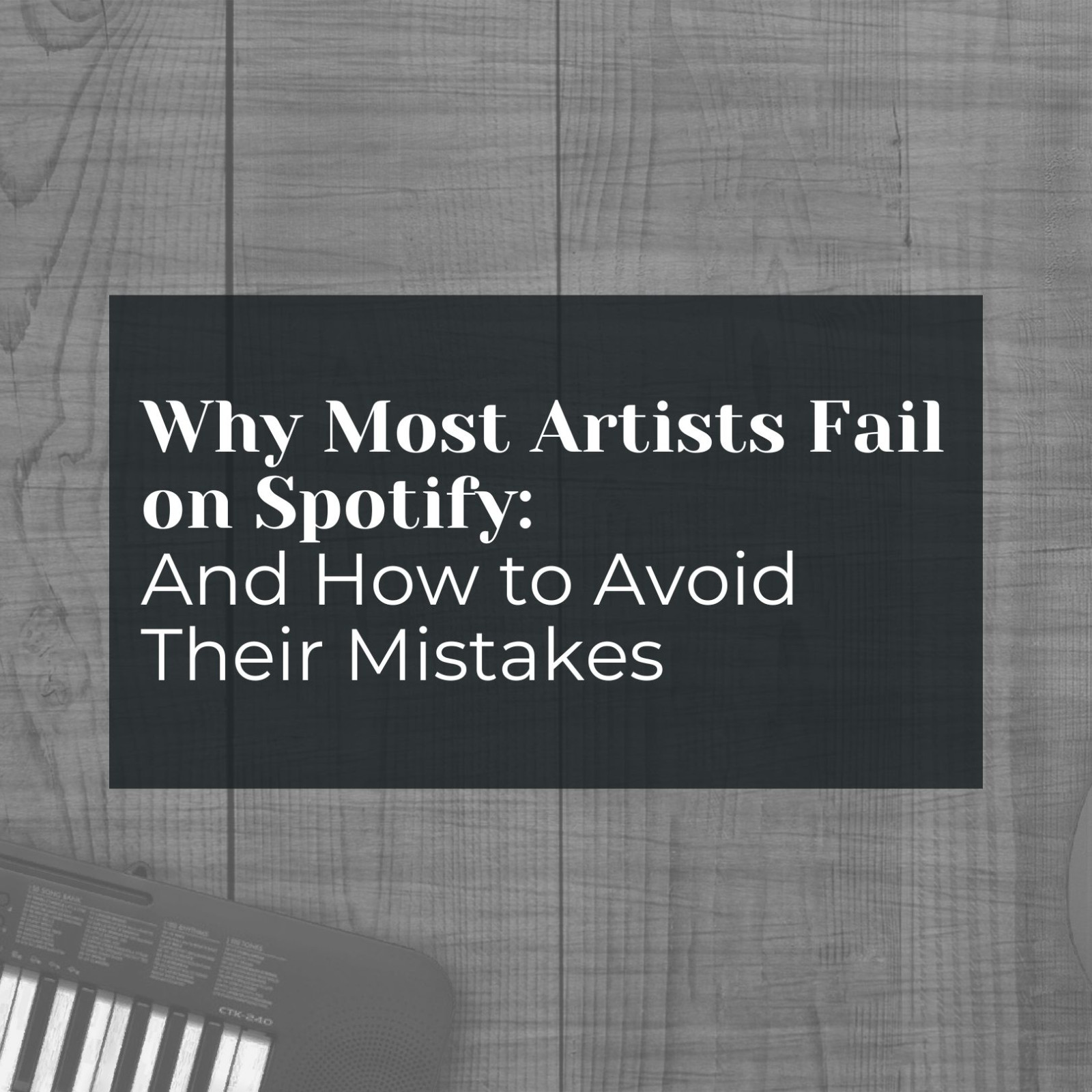
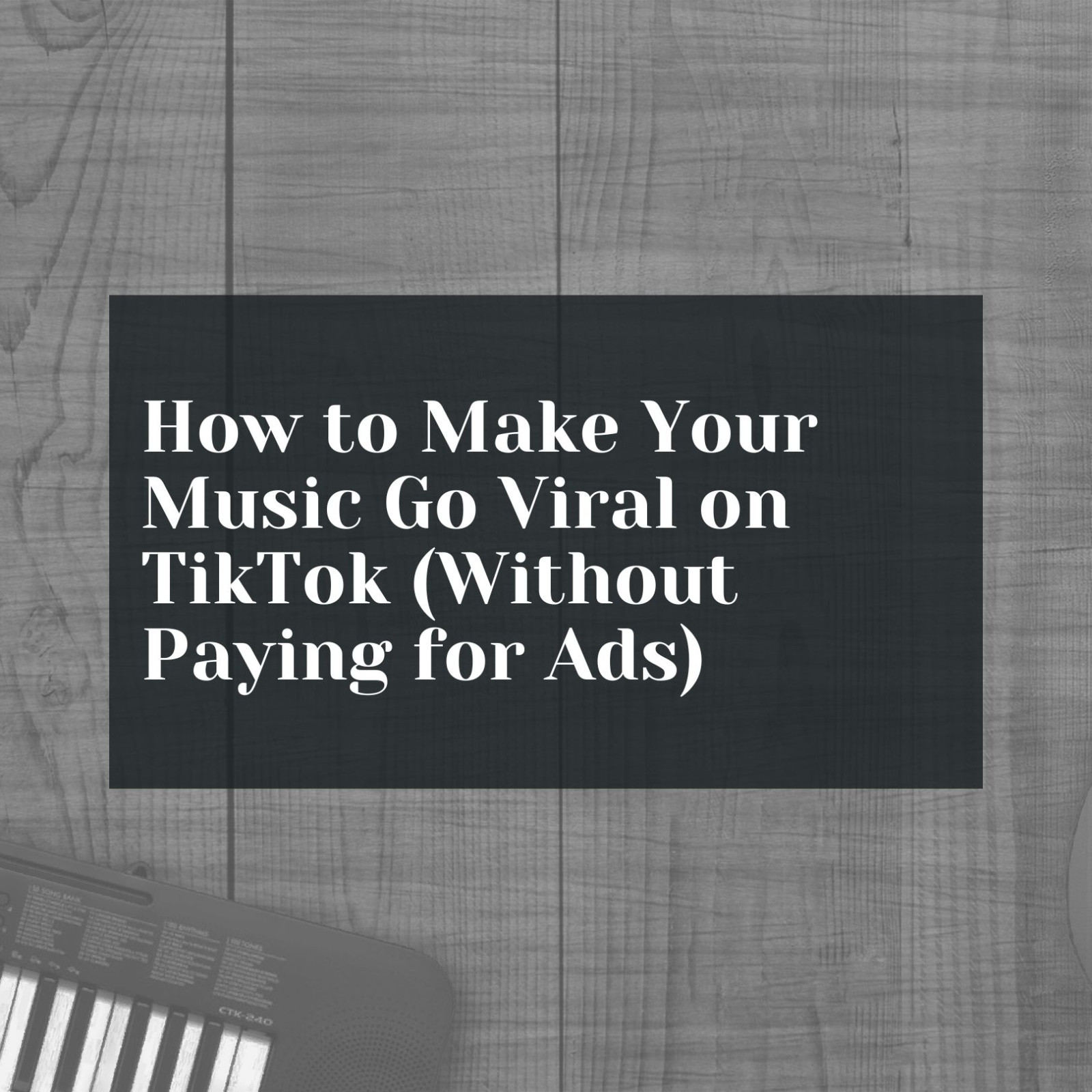


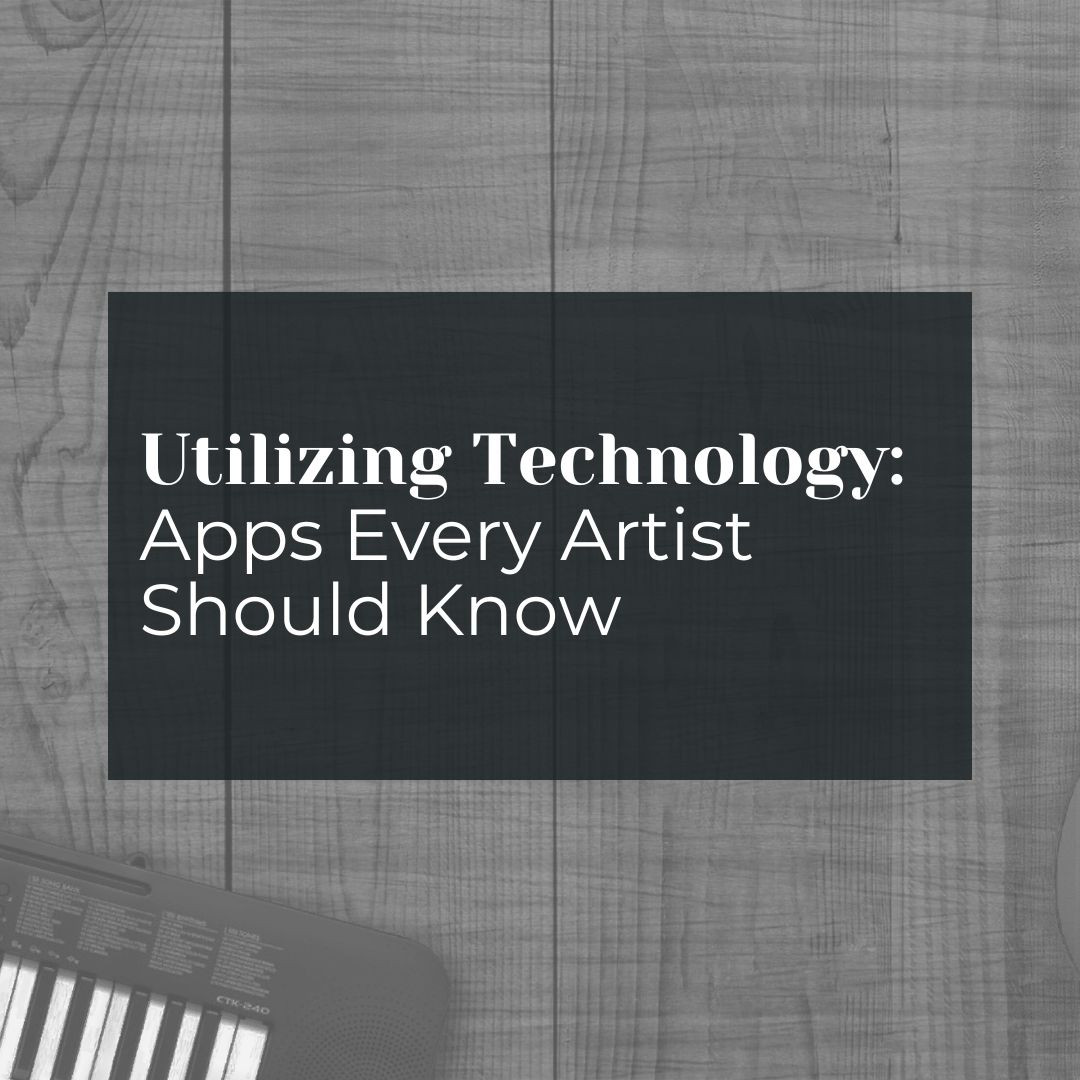

0 Comments